Hello everyone, I hope that you are well and having a wonderful midweek #WednedayWalk and ready to share it here with all of your fans so we can take that magical tour with you, even if it is only a virtual tour at the moment!
So this Wednesday, with a huge thanks to @tattoo-djay for creating this brilliant community, I would like to invite you to go back in time with me, to both the 1880's and the 1980's to see one of the most stunning and historically intriguing parts of Australia and put a spotlight- a lighthouse sized spotlight on Greencape Lighthouse here [//]:# (!pinmapple -37.259798 lat 150.049458 long A trip back in time to the 1880's and 1980's to spotlight the Greencape Lighthouse d3scr)
And what a day to share with you such an extraordinary place, as today is the 1st of February and that means #HIVEpud day!!! 😃
A day where we all come togther, not only for our WednesdayWalks, but to power up our stash of Hive so we can power up all of those amazing posts that we will see here, so if you want to join in the fun with all of us around the world, then check out the info post here @hivebuzz/pud-202202 by @hivebuzz so you can see what all the buzz is about and get busy buzzing yourself! and you've not got 10-1/2 hours to power up and power on! https://hivebuzz.me And if you want to know even more, then check out this post here @traciyork/hive-power-up-day-for-february-1st-2022 by @traciyork to get your head buzzing with Hive POWER fever!
🐠🐃🐌🕷🐍🐓🦆🐸🐁🐿🦋🐢🐞🦍🐈🦆🐥🐜😊❤️🙏💛🙏💚🙏💙🙏💜😊🦑🐛🐄🦇🐪🦏🐳🐊🦀🦌🐖🐢🐏🐋🐝
Anyway, on with the tour!
So Greencape lightstation is a tightly knit complex of buildings that comprises the original lighthouse; the 1994 light tower; the Head Keepers Quarters; duplex quarters for the two Assistant Keepers; stables; telegraph station; ancillary buildings; communication tower; solar panels; and remnant foundations of various structures.[5]
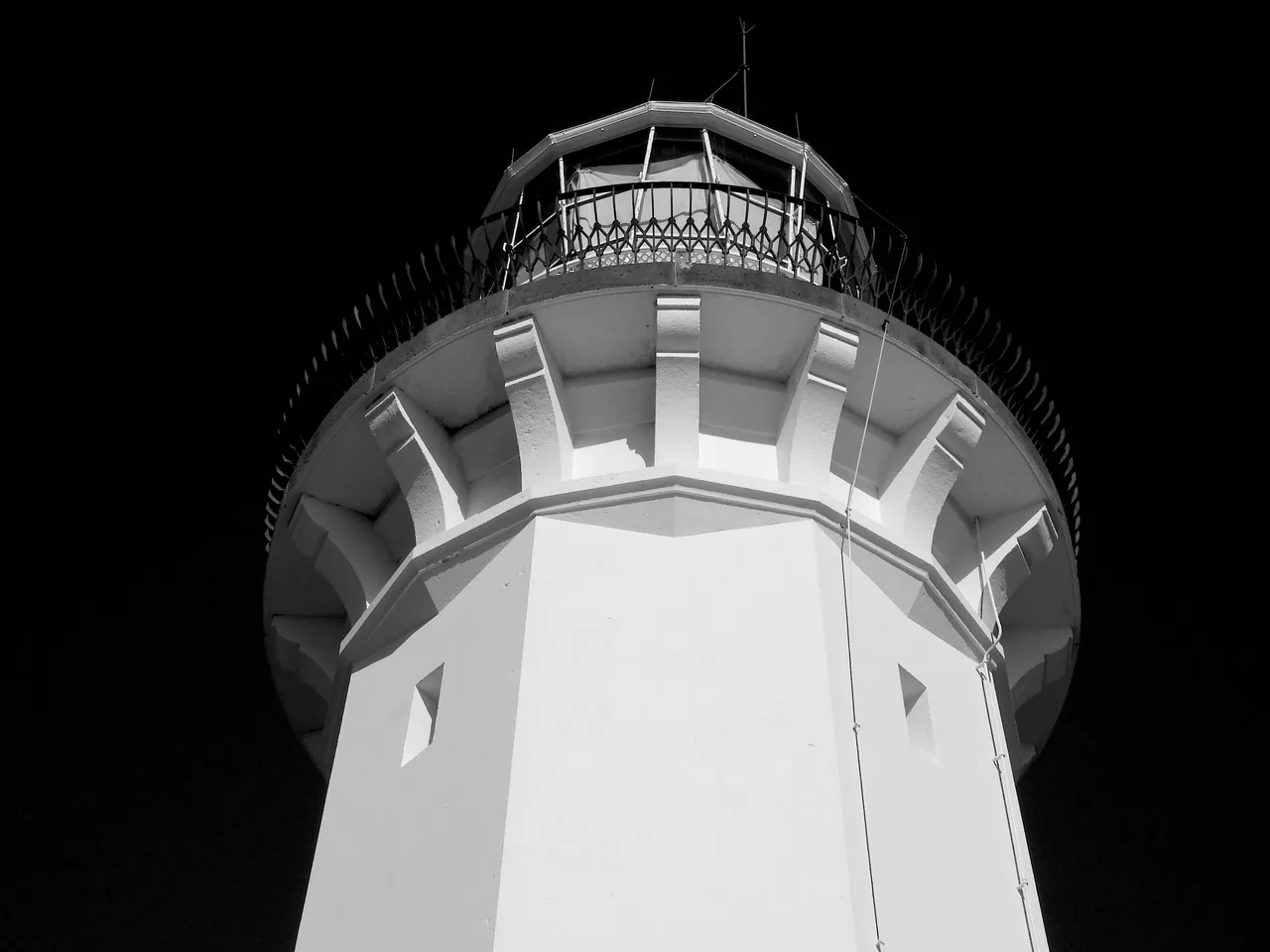
Green Cape is traditionally part of the Yuin nation and is the land of the Thaua people. The land occupied by the Thaua group stretches from Merimbula in the north, to Green Cape in the south, and west to the Dividing Range and has traditionally been divided between two groups – the Katungal (coastal) and the Baianbal/Paienbara (forest) people.
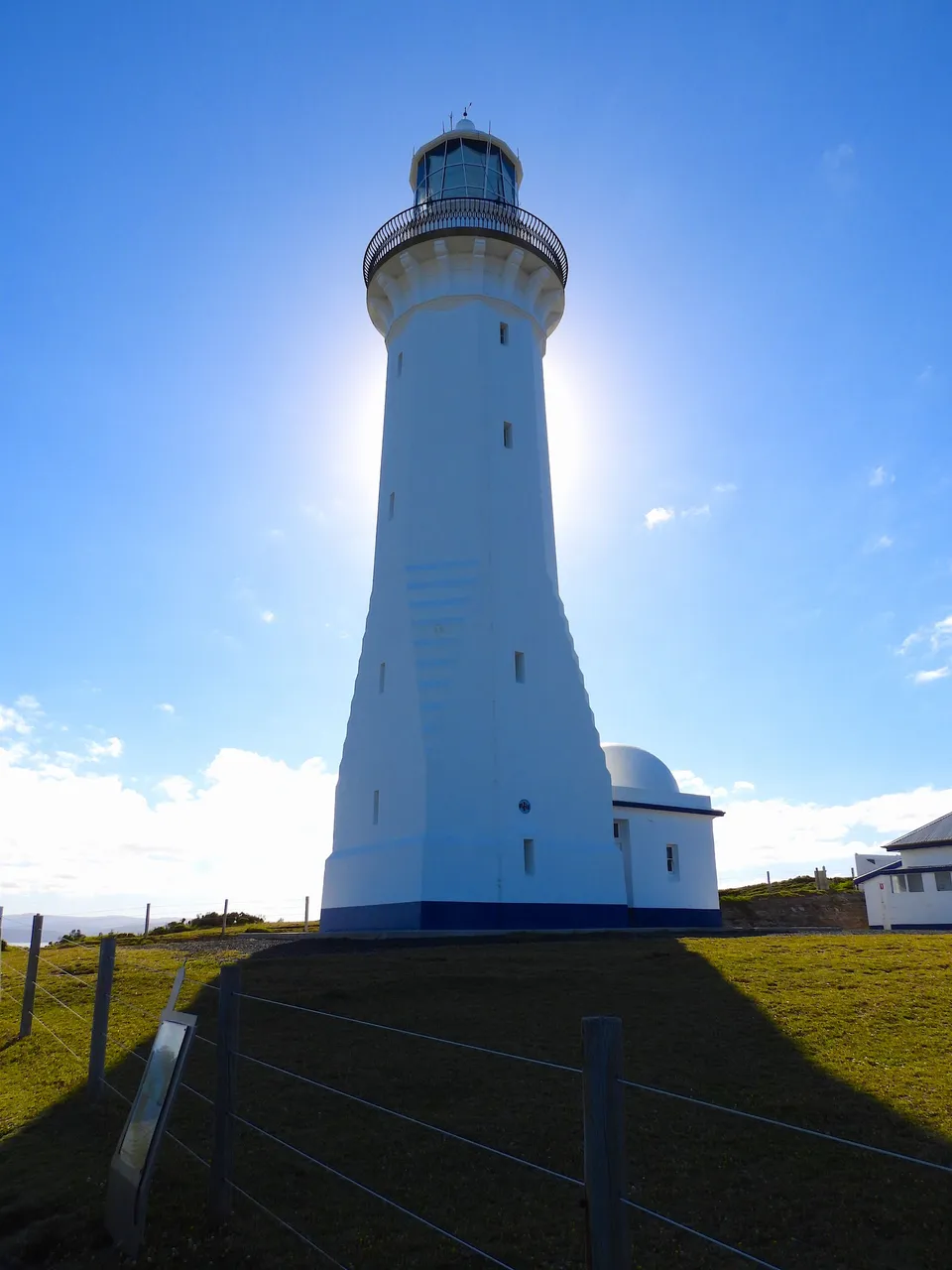
The first contact between the European explorers and the Aboriginal people of the far southern region of NSW occurred in 1798 when Matthew Flinders visited Twofold Bay, south of Eden.
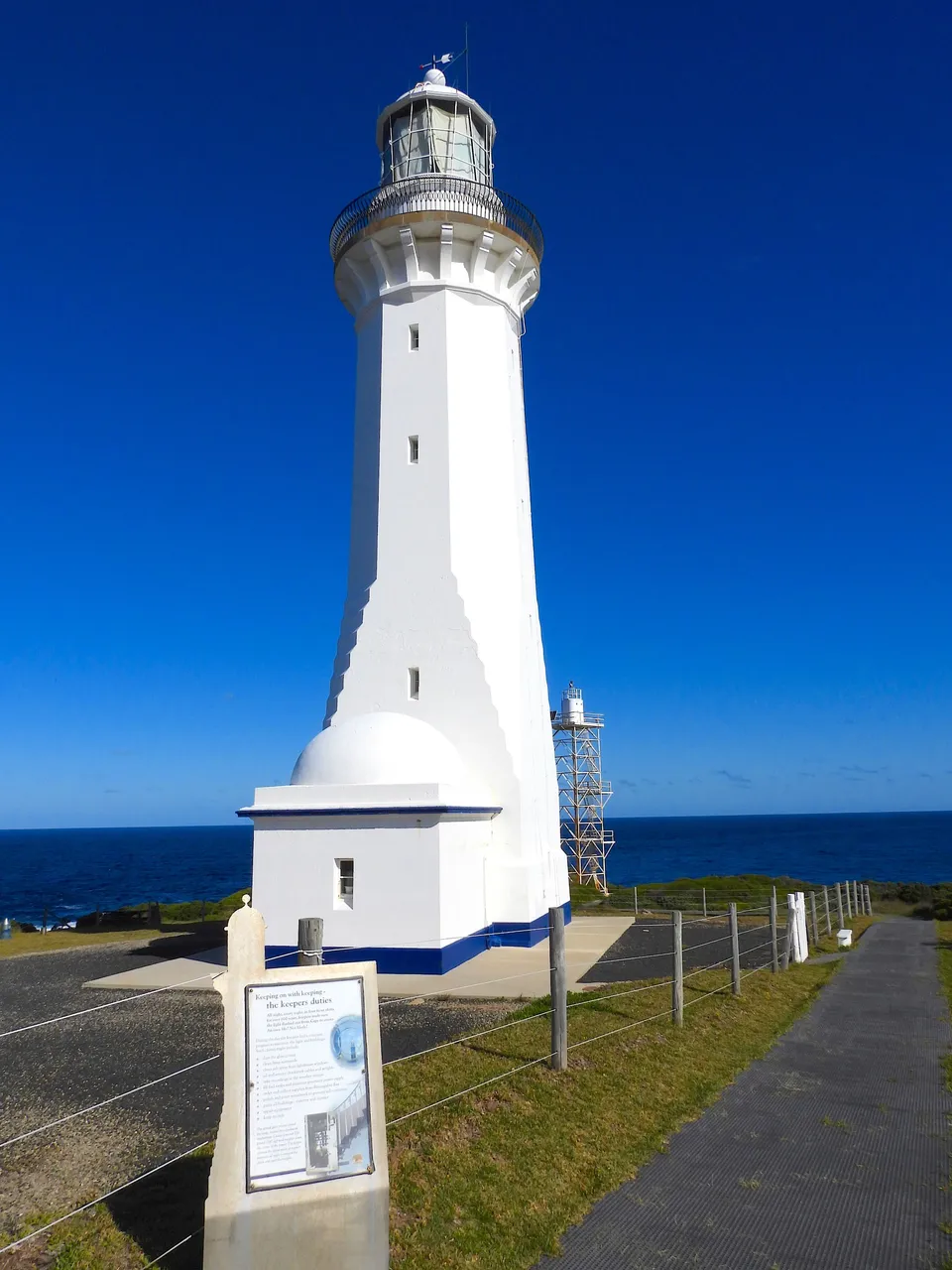
On this exploratory journey, Flinders made reference to Green Point or, as he called it then, "the Cape". Permanent European settlement of the region did not, however, begin until the 1830s and 1840s when the pastoralist and whaling industries developed at Twofold Bay.
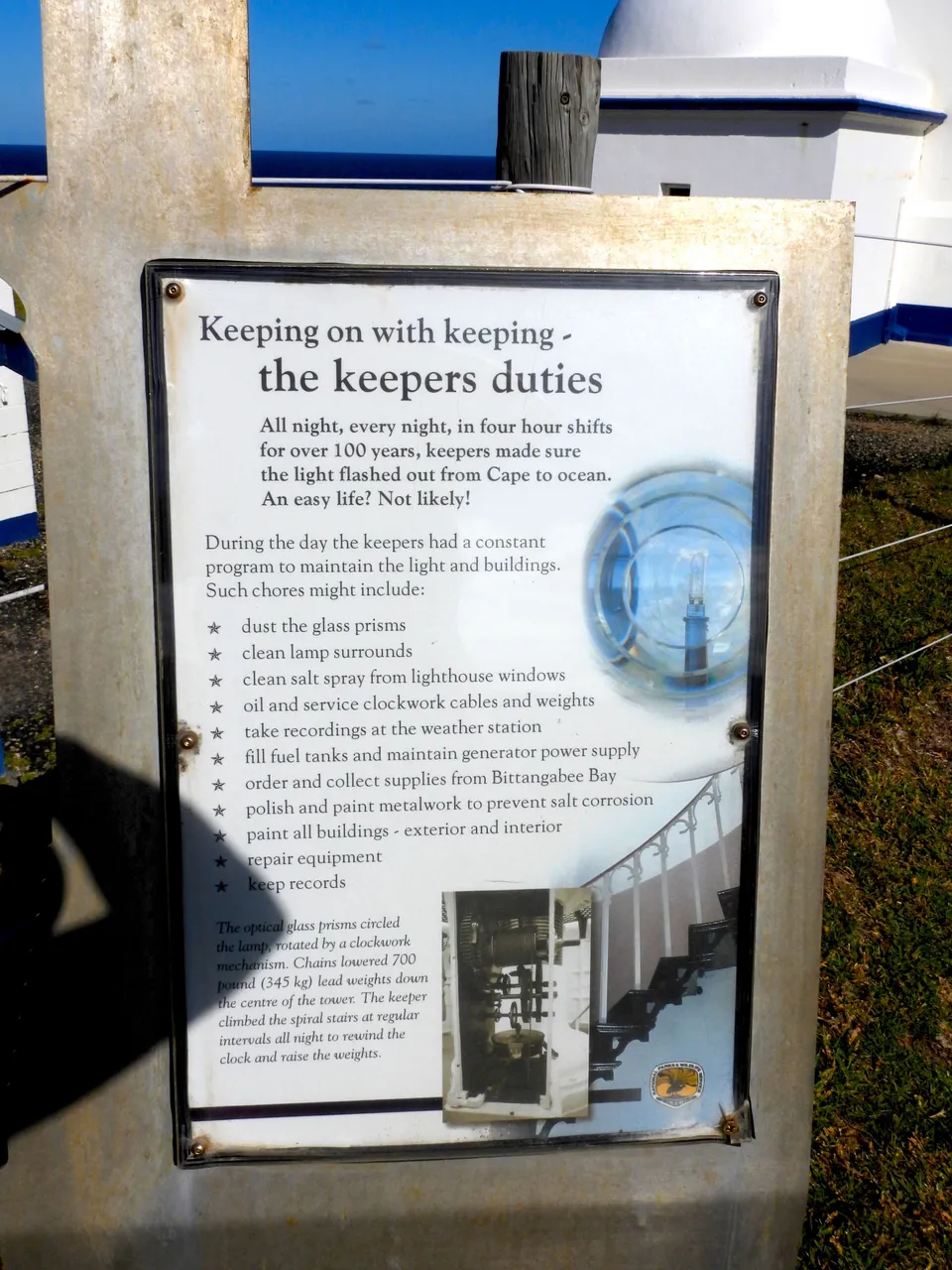
"Twofold Bay afforded the potential for raising stock on unoccupied Crown Land in the vicinity of a commodious harbour"[6] and it quickly became a commercial and trading centre during the mid-nineteenth century.
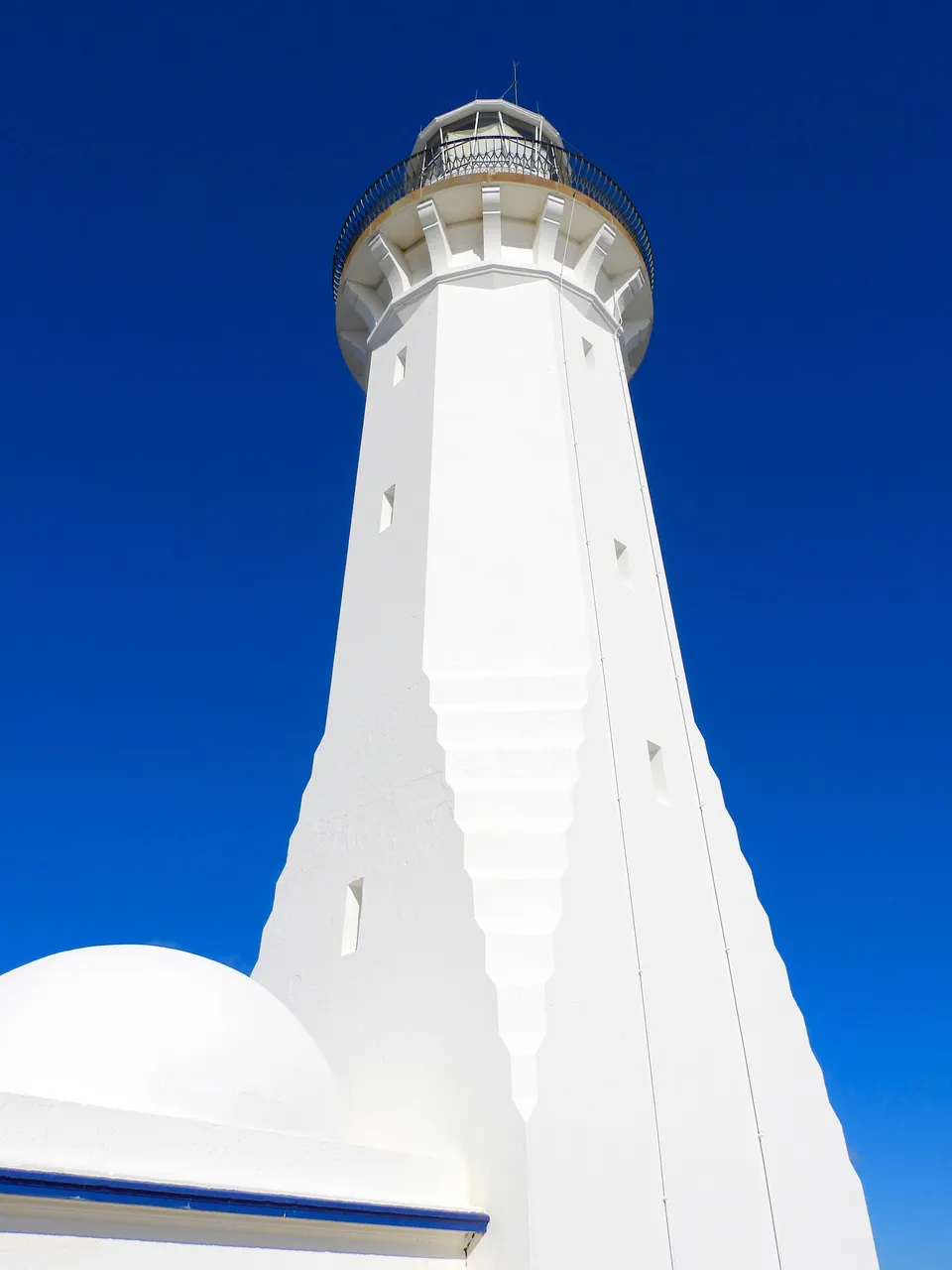
The Imlay brothers were the first settlers to permanently occupy the area from the late 1830s and established a pastoral and whaling company in the region.
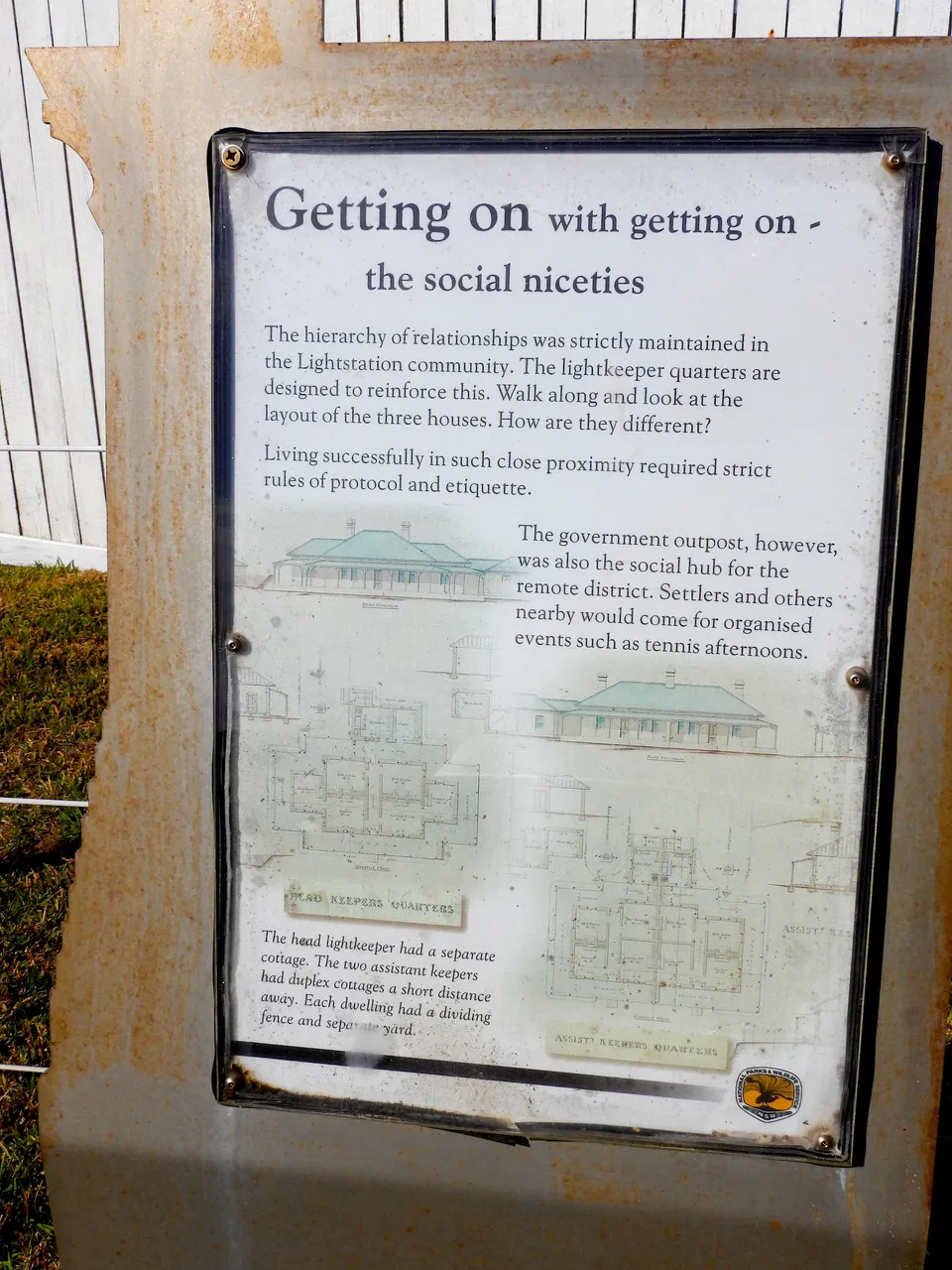
Although whaling had not been a sustainable industry in the region, the Green Cape area was a notable point in the shipping trade along the NSW coastline.
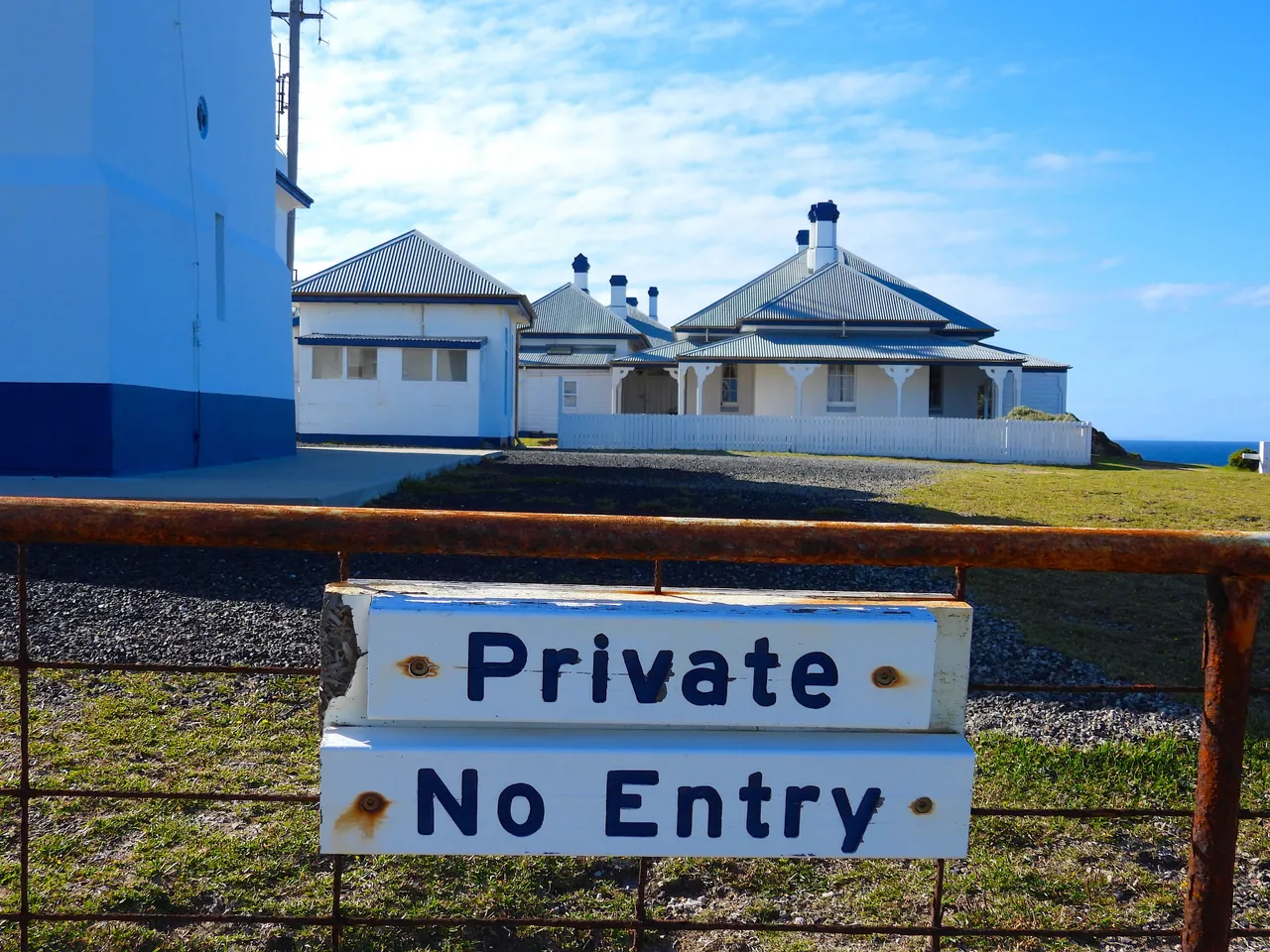
Initially, consideration was only given to the north coast of NSW but, by 1872, the entire coastline was under review and Captain Francis Hixson, President of the Marine Board of NSW, famously proclaimed "that he wanted the NSW coast "illuminated like a street with lamps" " (NPWS "Lighthouse Keeping (Part A)", p15).
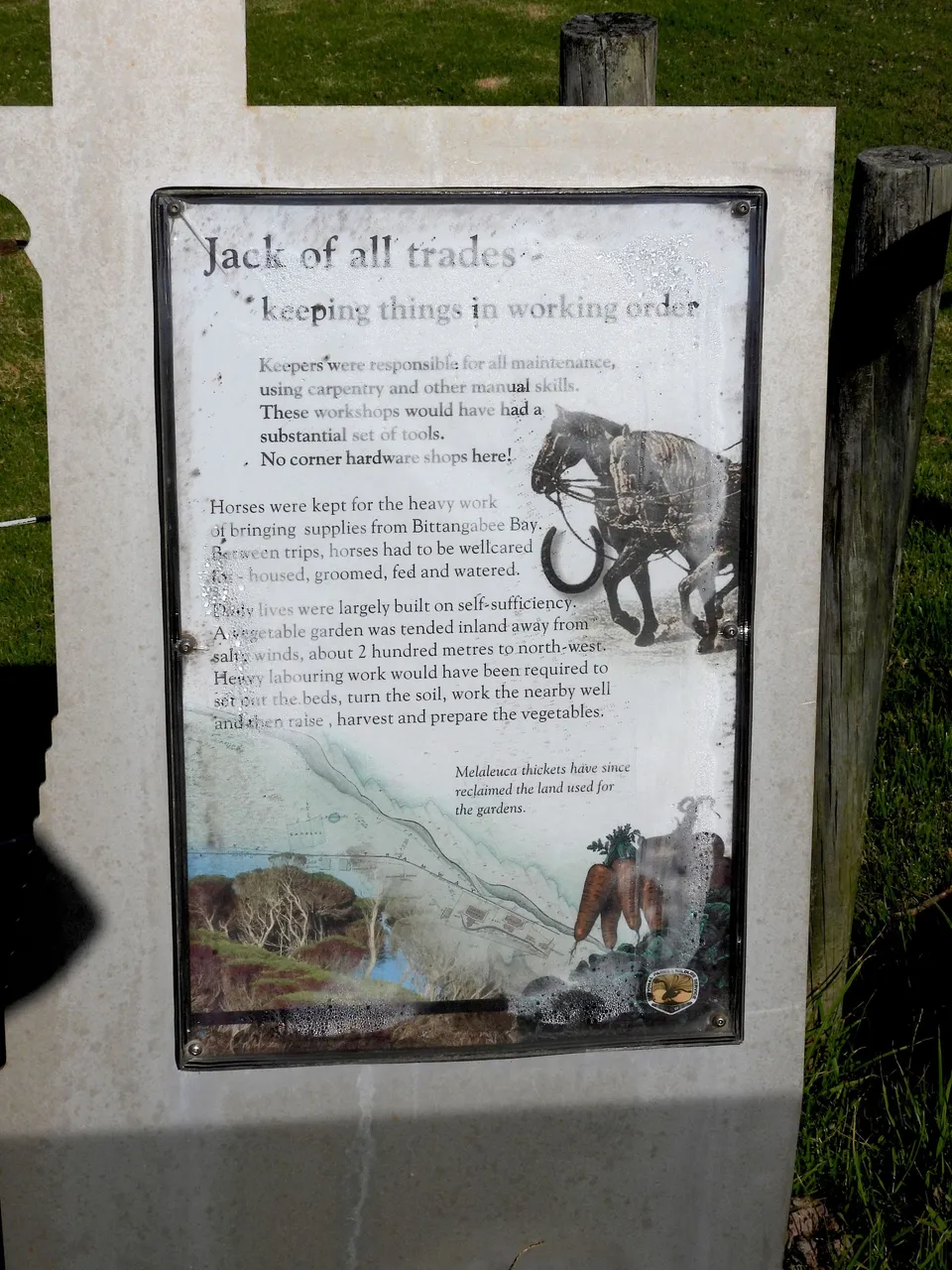
Hixson was ultimately successful in achieving his vision – by the early twentieth century, the "highway of lights" was complete with 25 coastal lighthouses and 12 in Sydney Harbour. The late nineteenth century had proven to be the most productive period for lighthouse construction in NSW.[5]
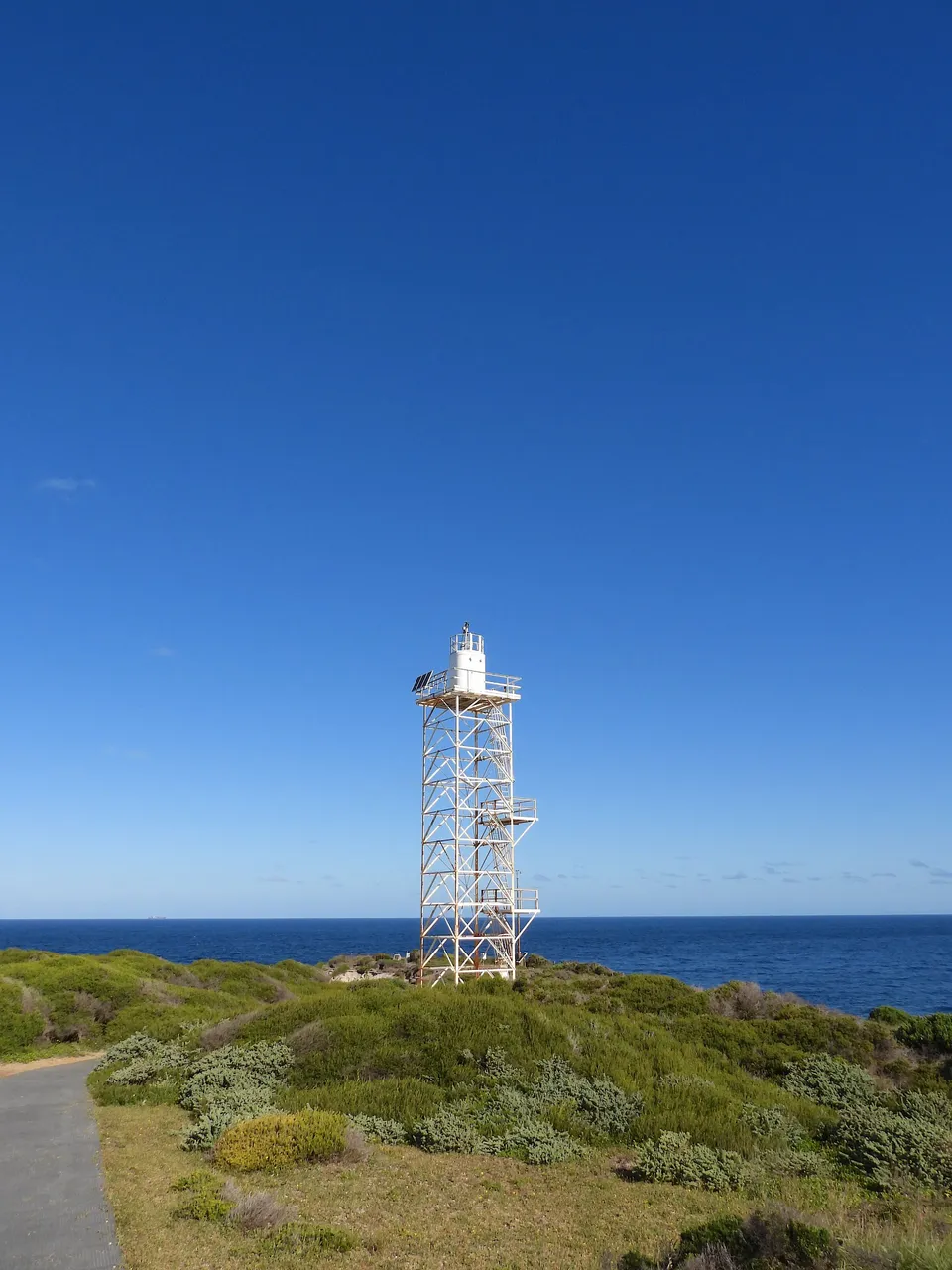
The need for a lighthouse was approved in 1873 at the conference of the Principal Officers of Marine Departments of the Australian Colonies on a motion from Hixson, following a series of wrecks on the southern shore.
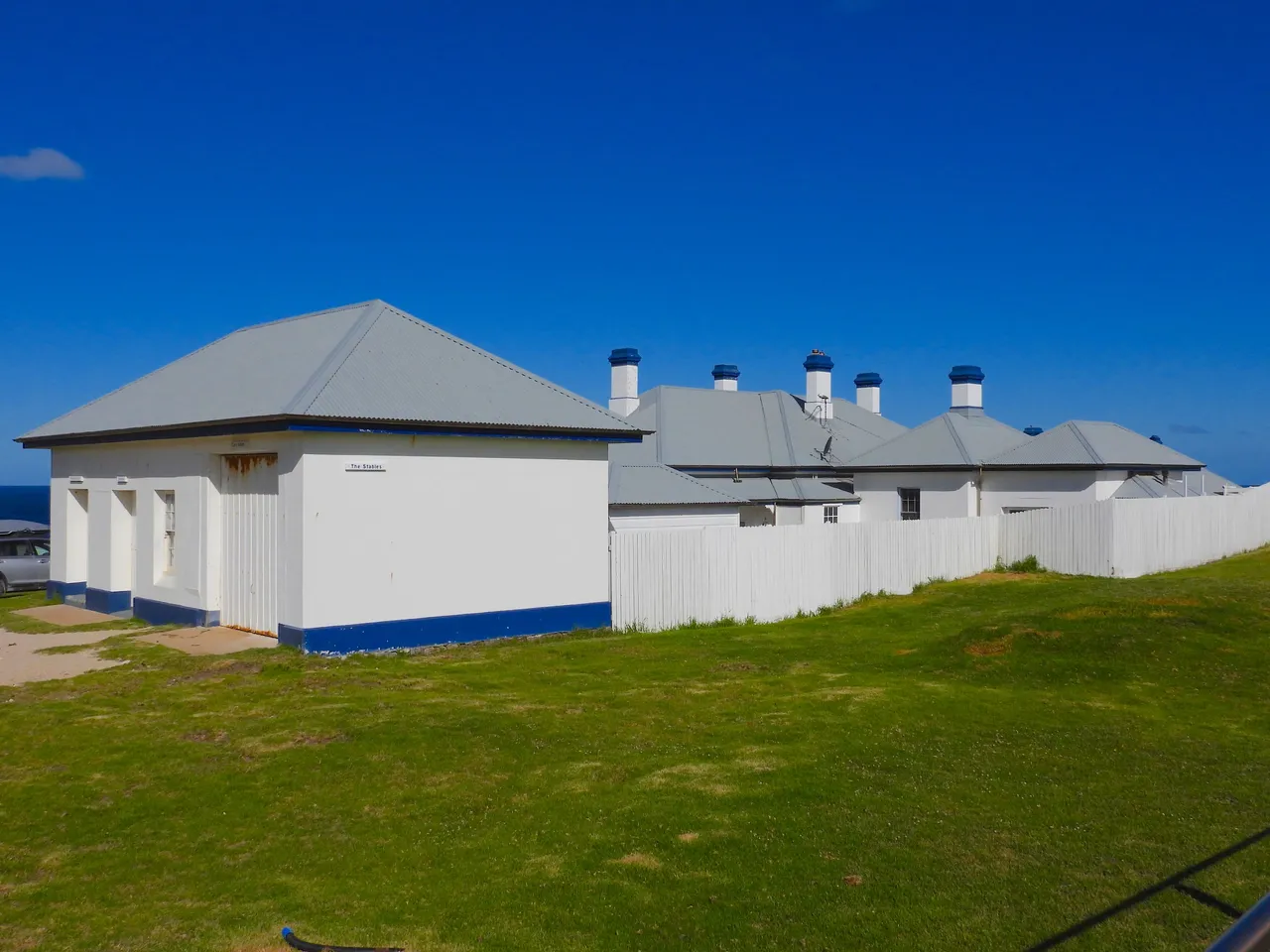
After rounding Cape Howe, northerly ships would hug the shore to avoid the East Australian Current. Green Cape was the first major projection they would encounter.

Original tenders were for a stone lighthouse and rubble quarters. However, with the soft local sedimentary, no one tendered. In 1870 the specifications were changed to concrete and a budget of £17,000 AUD was set.
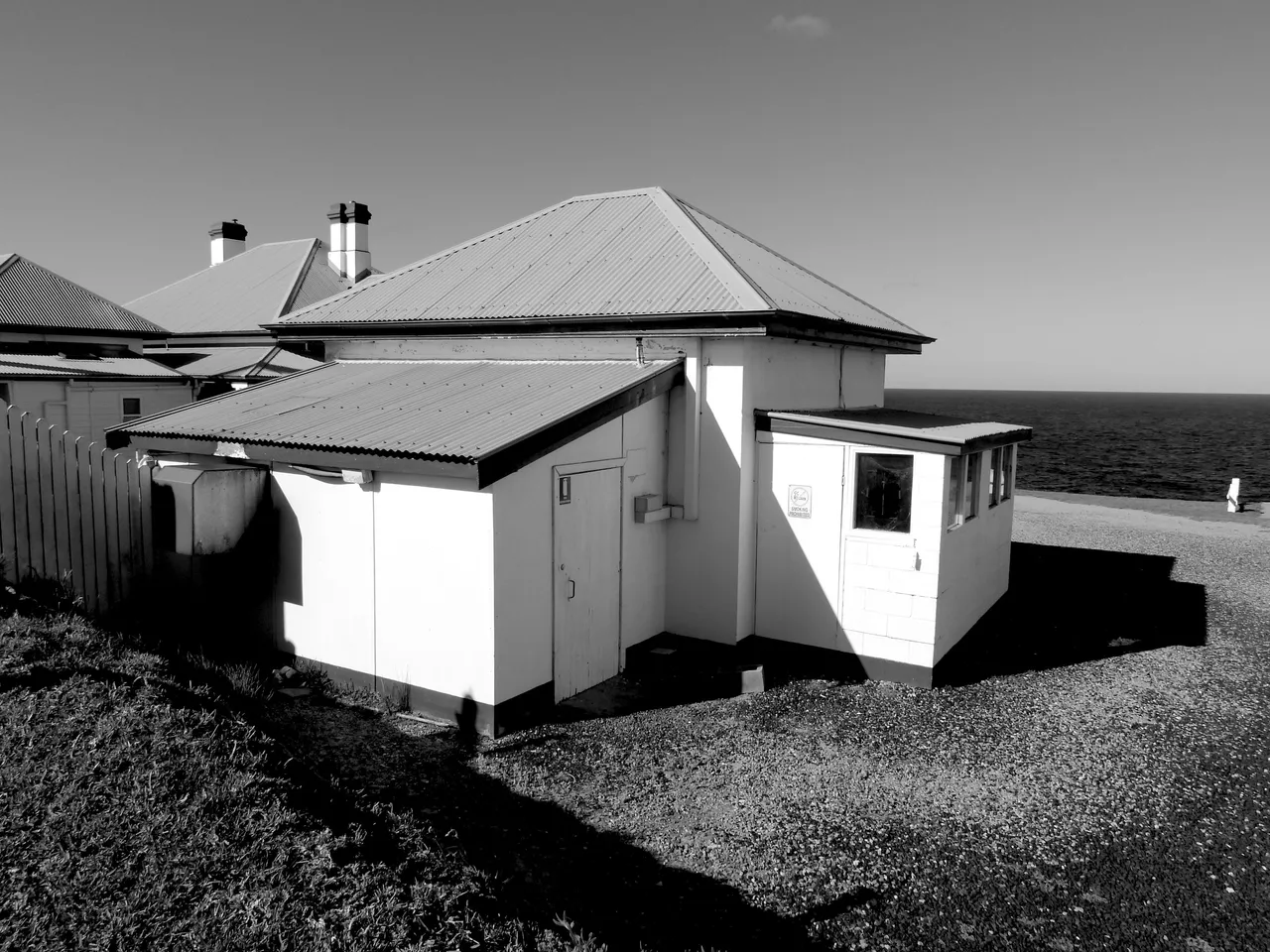
With an approved design by the colonial architect James Barnet in 1880, a tender of £12,936 was accepted from Albert Aspinall in December 1880 to build a mass concrete tower for the lighthouse, three associated residential structures and a number of service buildings. Aspinall also received an additional 357 pounds for essential works at Bittangabee Bay.[5][7]
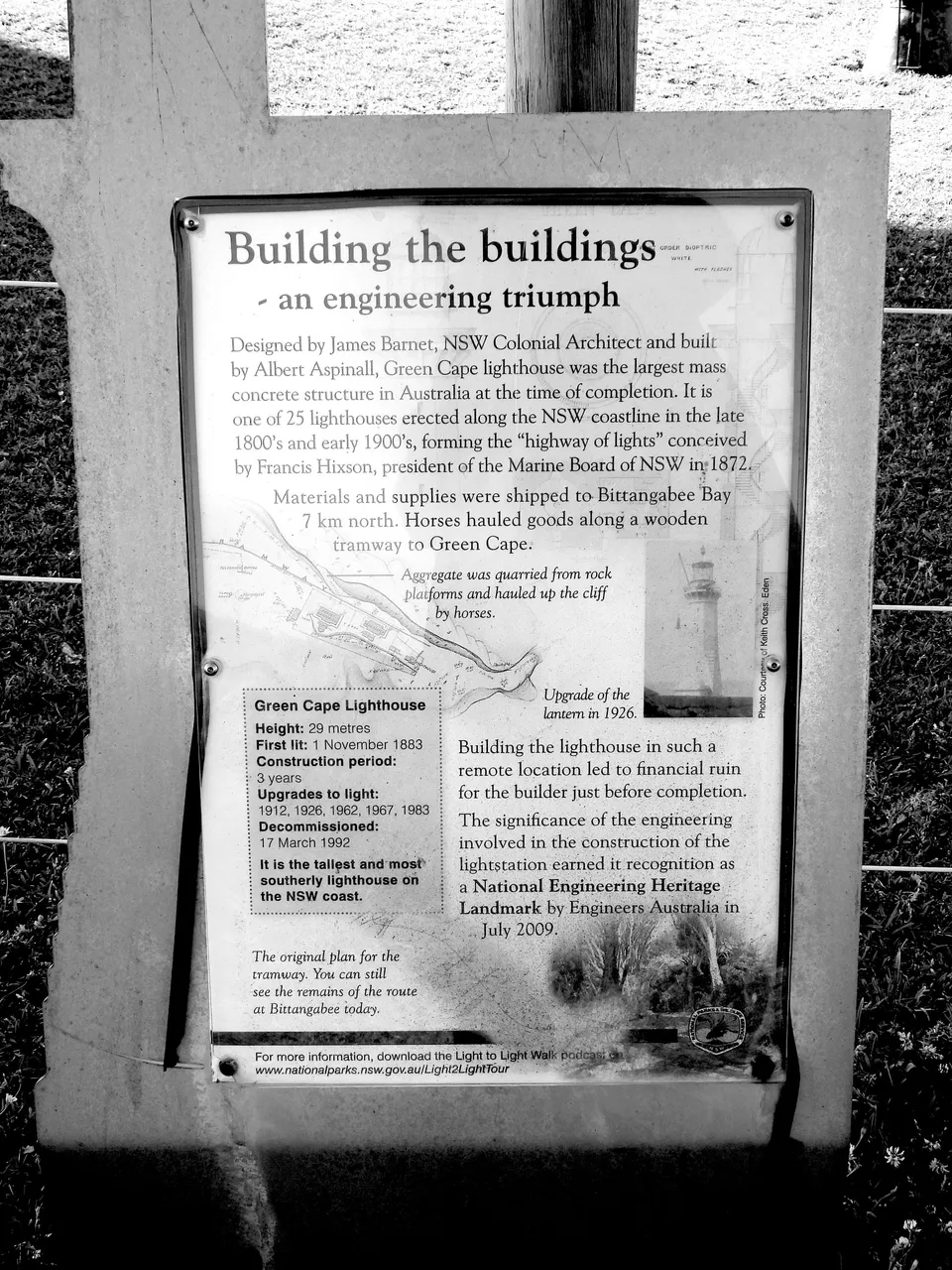
Aspinall first had to find a way to move the materials from Eden to the site. The nearest safe anchorage was in Bittangabee Bay, north along the coast from Green Cape, where he built his storeroom and jetty.

He then spent five months building a 7 kilometres (4.3 mi) wooden tramway from Bittangabee Bay to the cape. Materials were transported to the site on wooden trolleys pulled by horses. This first phase was completed in June 1881, and Aspinall commenced the construction.
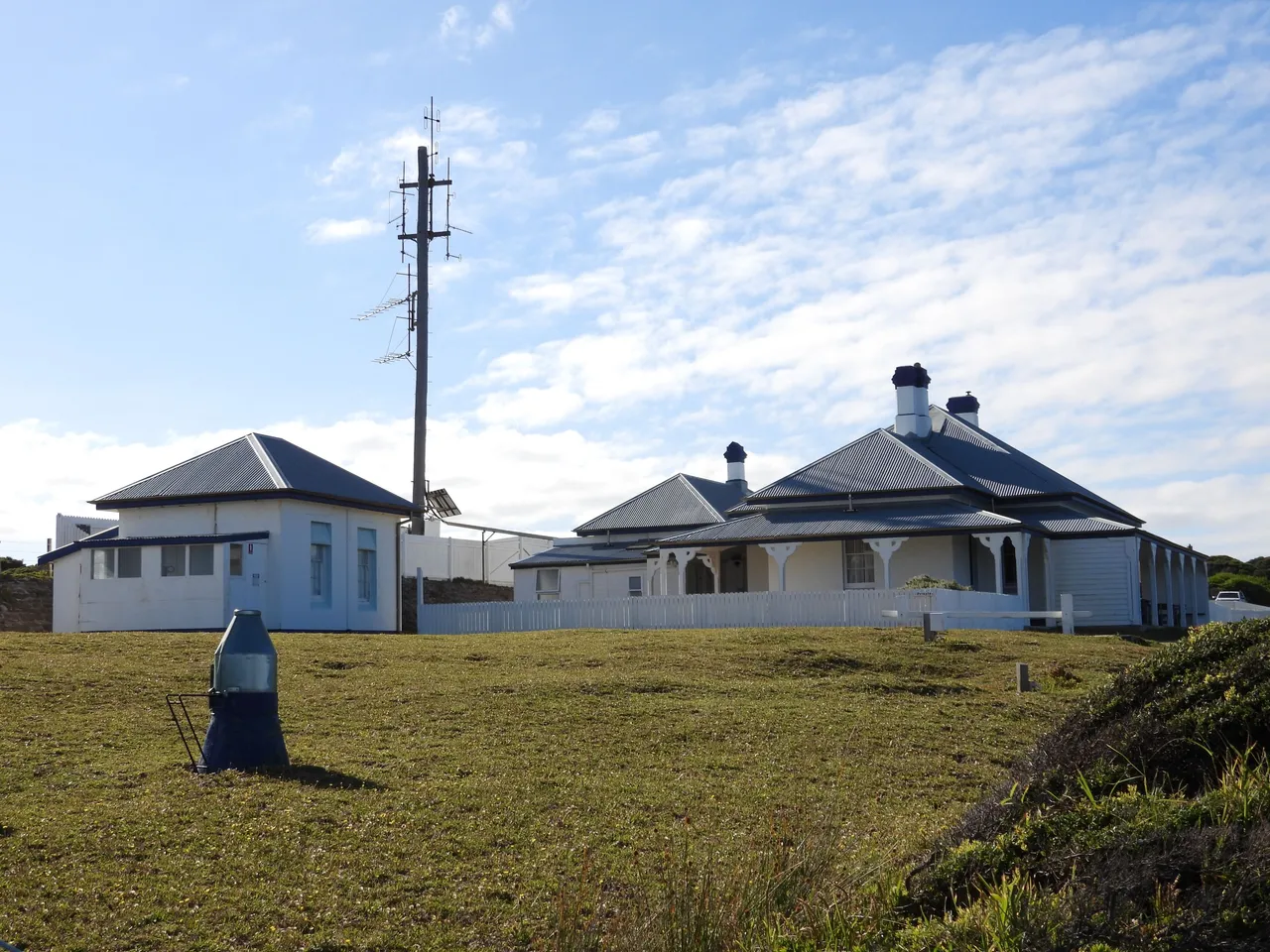
The construction of a lightstation at Green Cape was considered essential and the project was ambitious from its beginnings. Concrete construction was a bold initiative for the period and Green Cape Lightstation was one of the earliest and most extensive concrete constructions ever attempted in Australia and the tallest in NSW at the time.
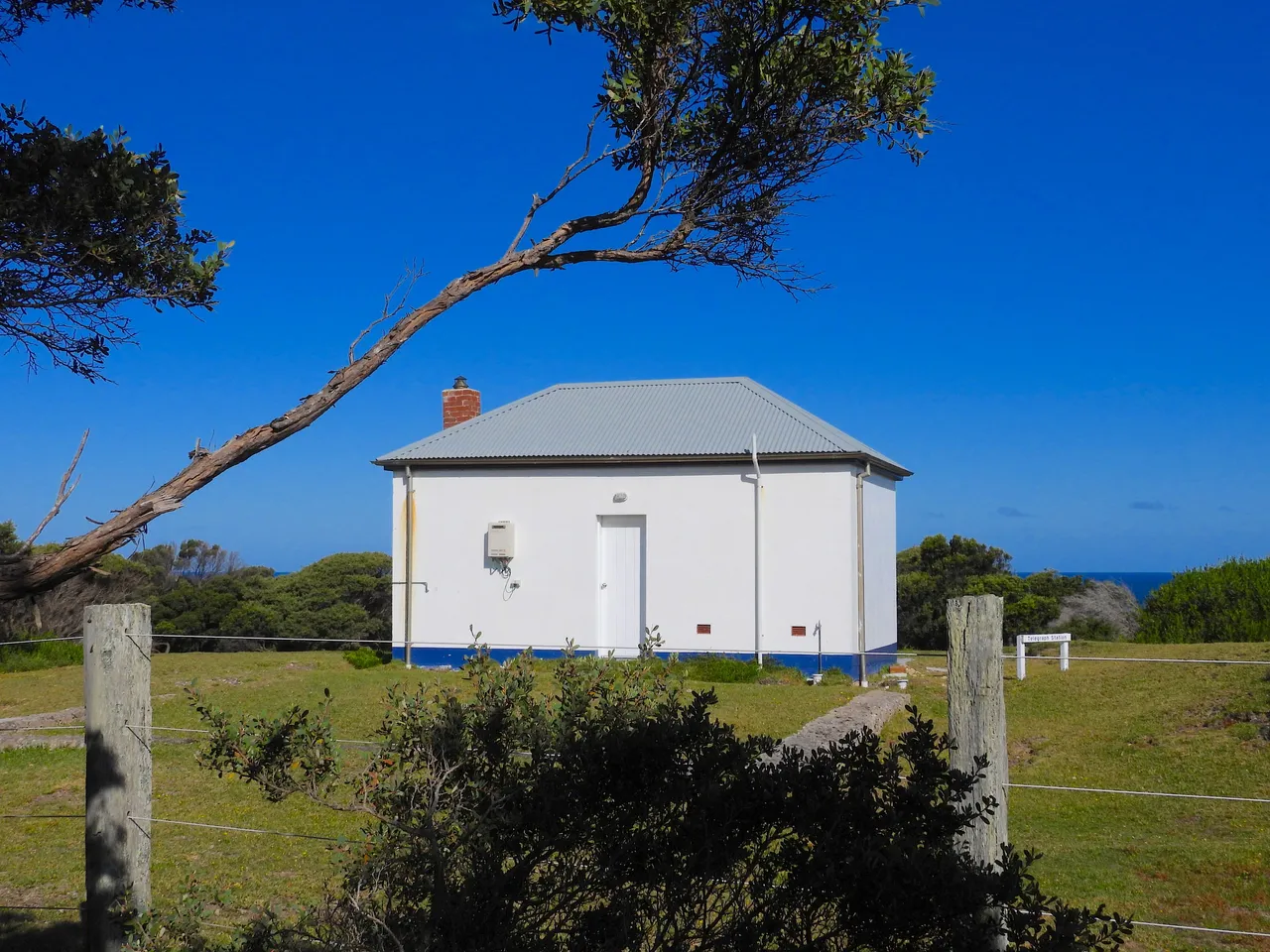
Work began in 1881 but Aspinall soon encountered significant difficulties that led to increasing delays and an extension of the budget to over 18,000 pounds. A 20-foot thick clay bed required extensive excavation and, with drifting sand continually covering the tramway and building foundations, the demanding circumstances of the build led to the eventual financial collapse of Aspinall's career.

Ultimately, the Green Cape Lightstation was completed by his creditors and was fully operational, with a kerosene-powered light visible for 35 km, by 1883. The final cost for the lighthouse was 19,388 pounds, 8 shillings and 9 pence.[5]
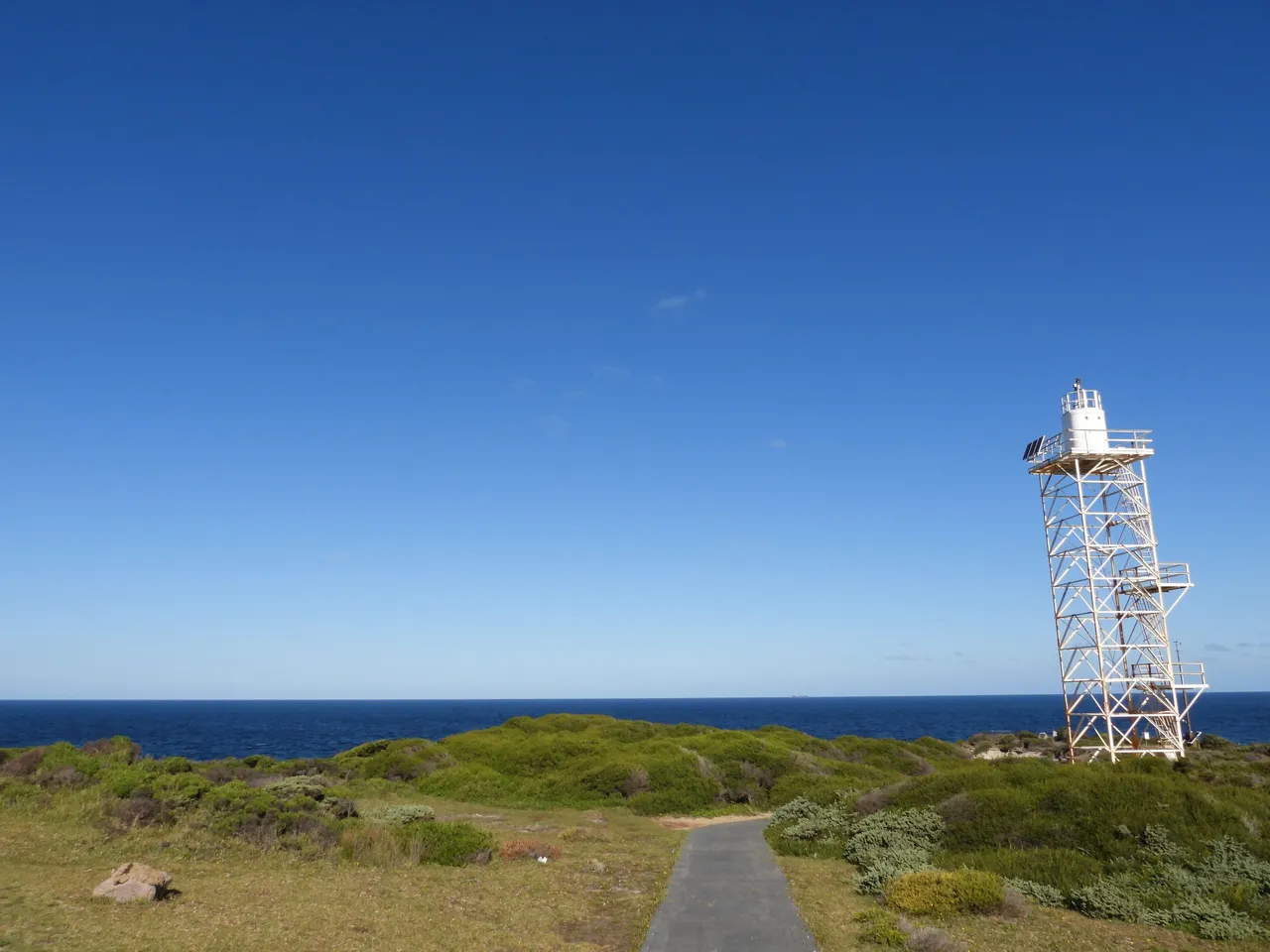
The original apparatus, still mounted in the lantern, is a Chance Bros. 1st order revolving Fresnel lens dioptric. Its light characteristic was one flash every 50 seconds[8] and it was visible to 19 nautical miles (35 km; 22 mi).[9] The light source was a four-wick kerosene-burning lamp with an intensity of 100,000 cd.
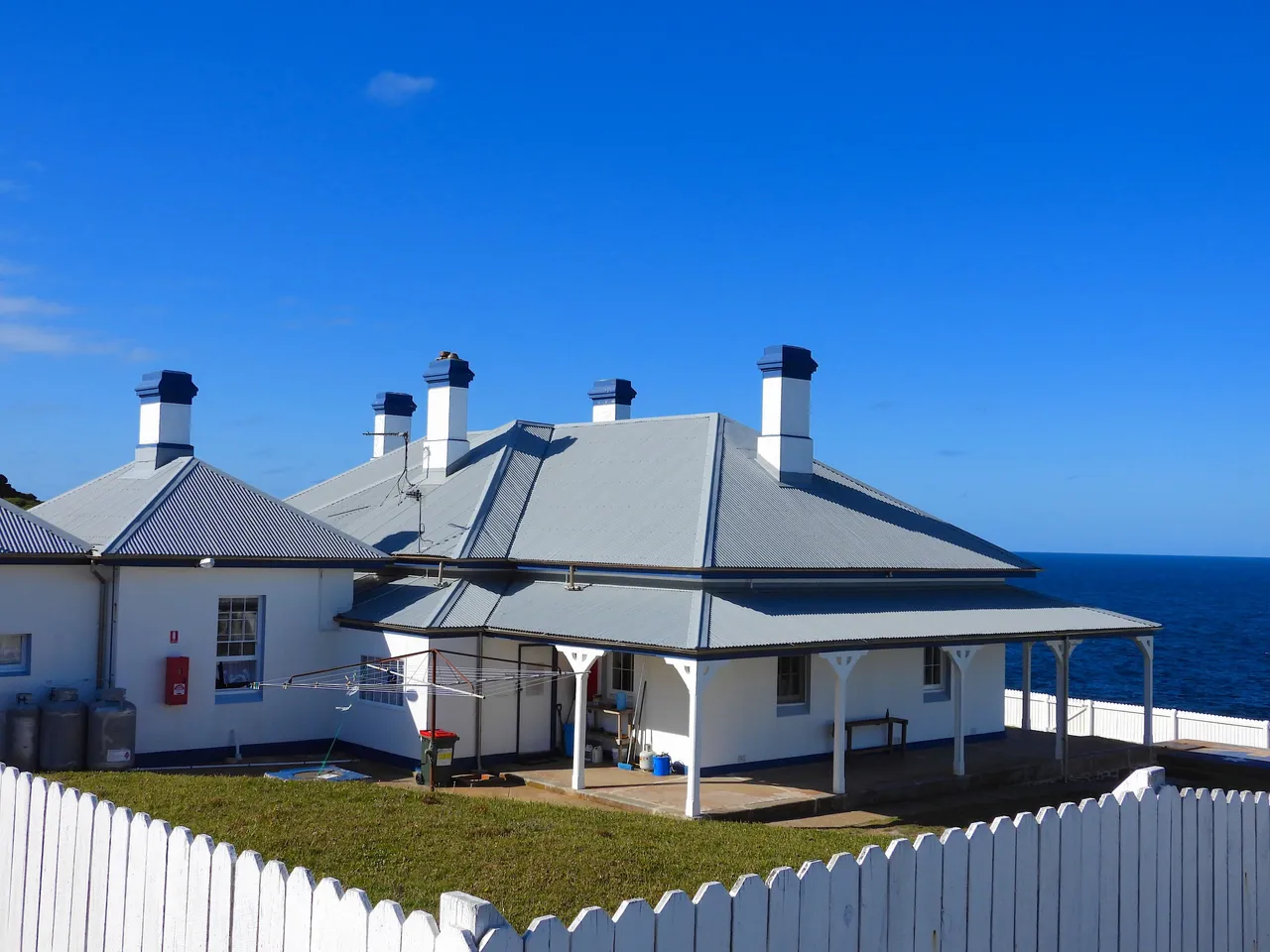
In 1910 the light source was replaced with a Douglas vaporised kerosene burner and a glass chimney around a silk mantle, made by Chance Bros.. In 1913 it was recommended to change the light characteristic to a white flash every 10 seconds. However, it took 16 years until this recommendation was accepted, in 1926. Previous to that, in 1923, the light source was upgraded to a Ford Schmidt burner which increased the intensity of the light to 327,000 cd.
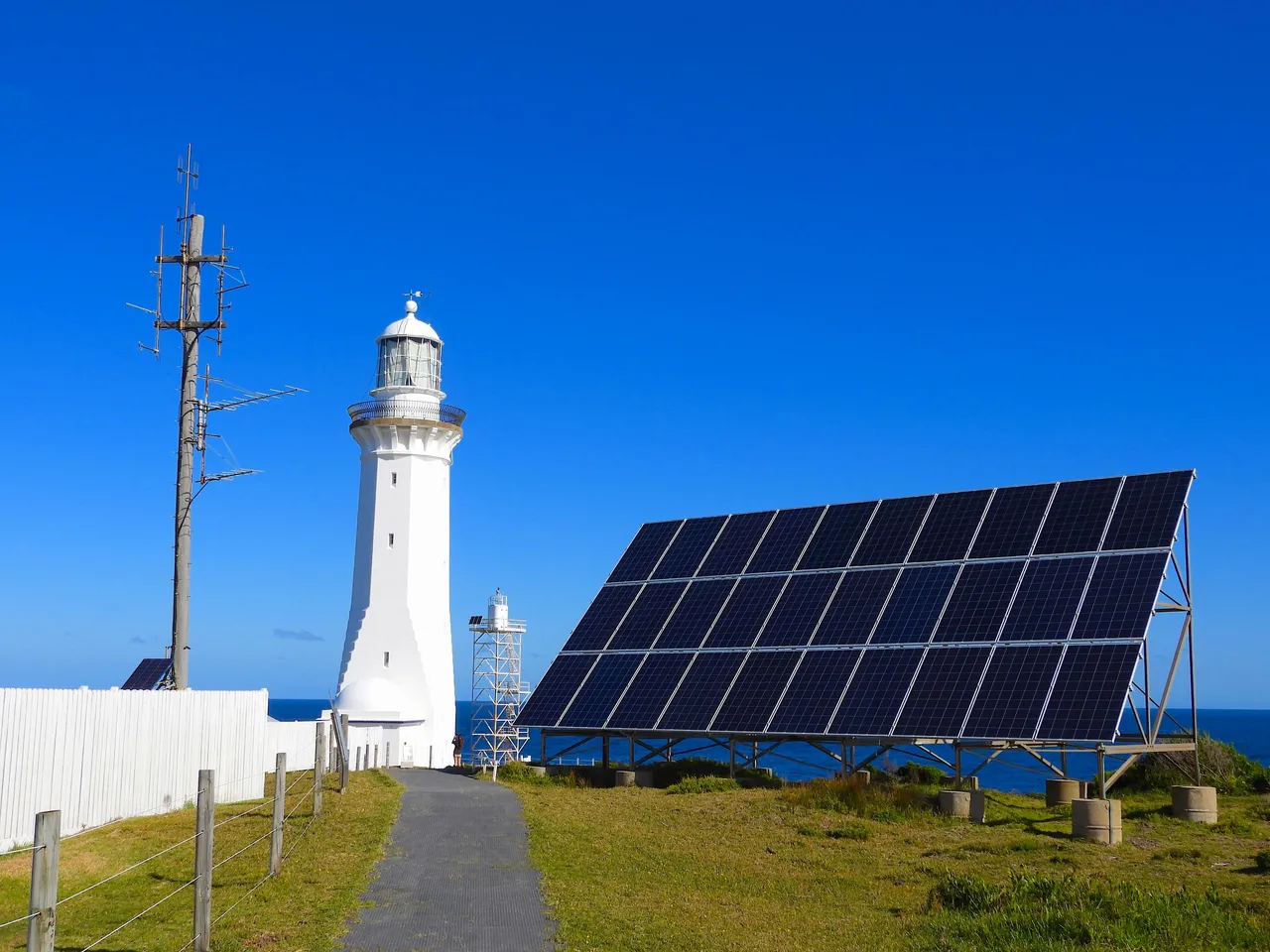
Throughout the twentieth century, the Green Cape Lightstation underwent the same technical advancements as did all coastal lighthouses in Australia. With responsibility transferred to the Commonwealth in 1911, the lightstation was converted from kerosene to electricity in 1962.
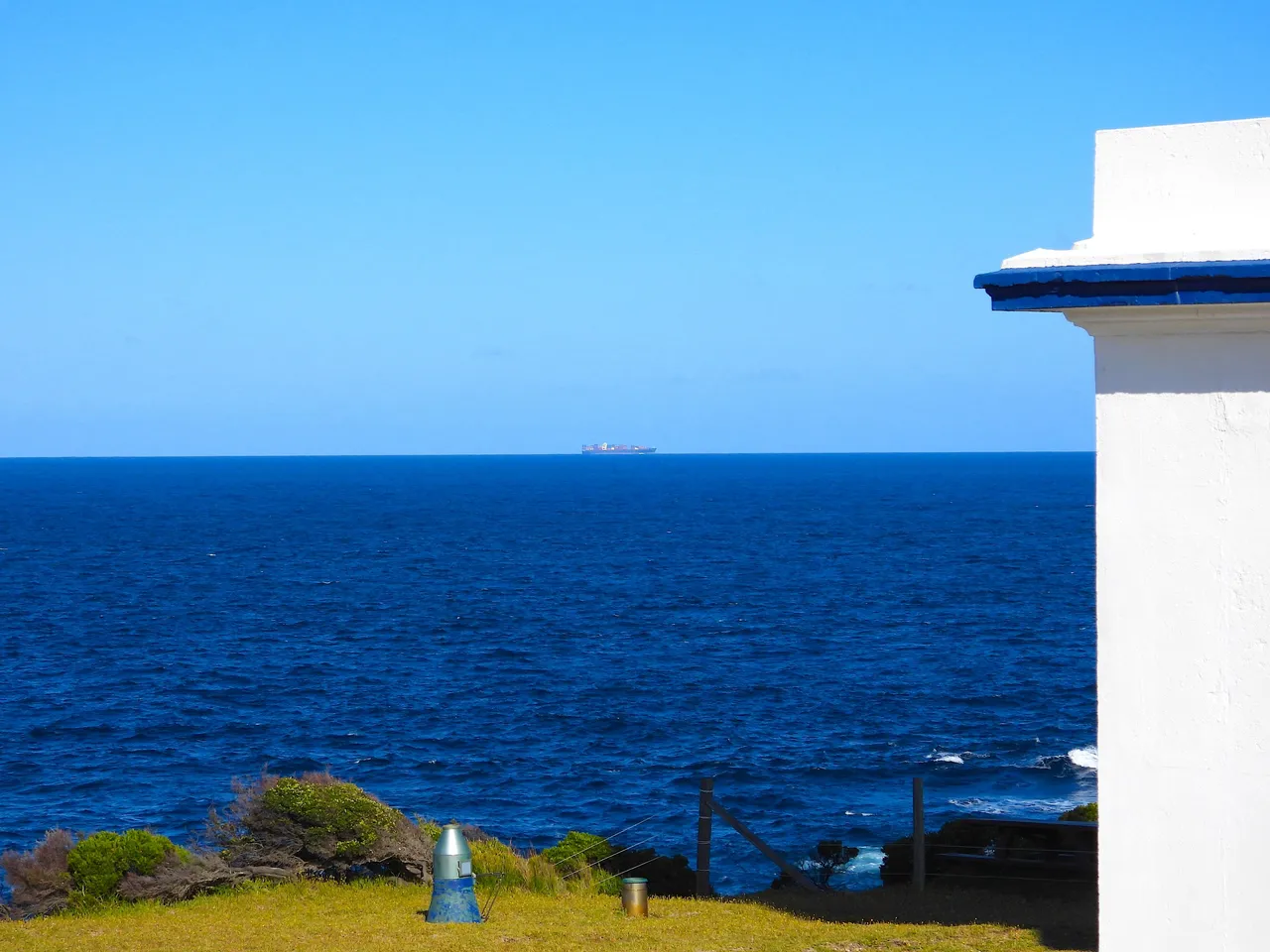
In 1962 the tower was electrified with diesel generators serving as the power source. The manual winding system was also replaced with an electric motor. The lightglove used provided a light intensity of 475,000 cd. In 1967 improved generators were installed together with a 1000 W Tungsten-halogen lamp with an intensity of 1,000,000 cd, visible over 20 nautical miles (37 km; 23 mi).
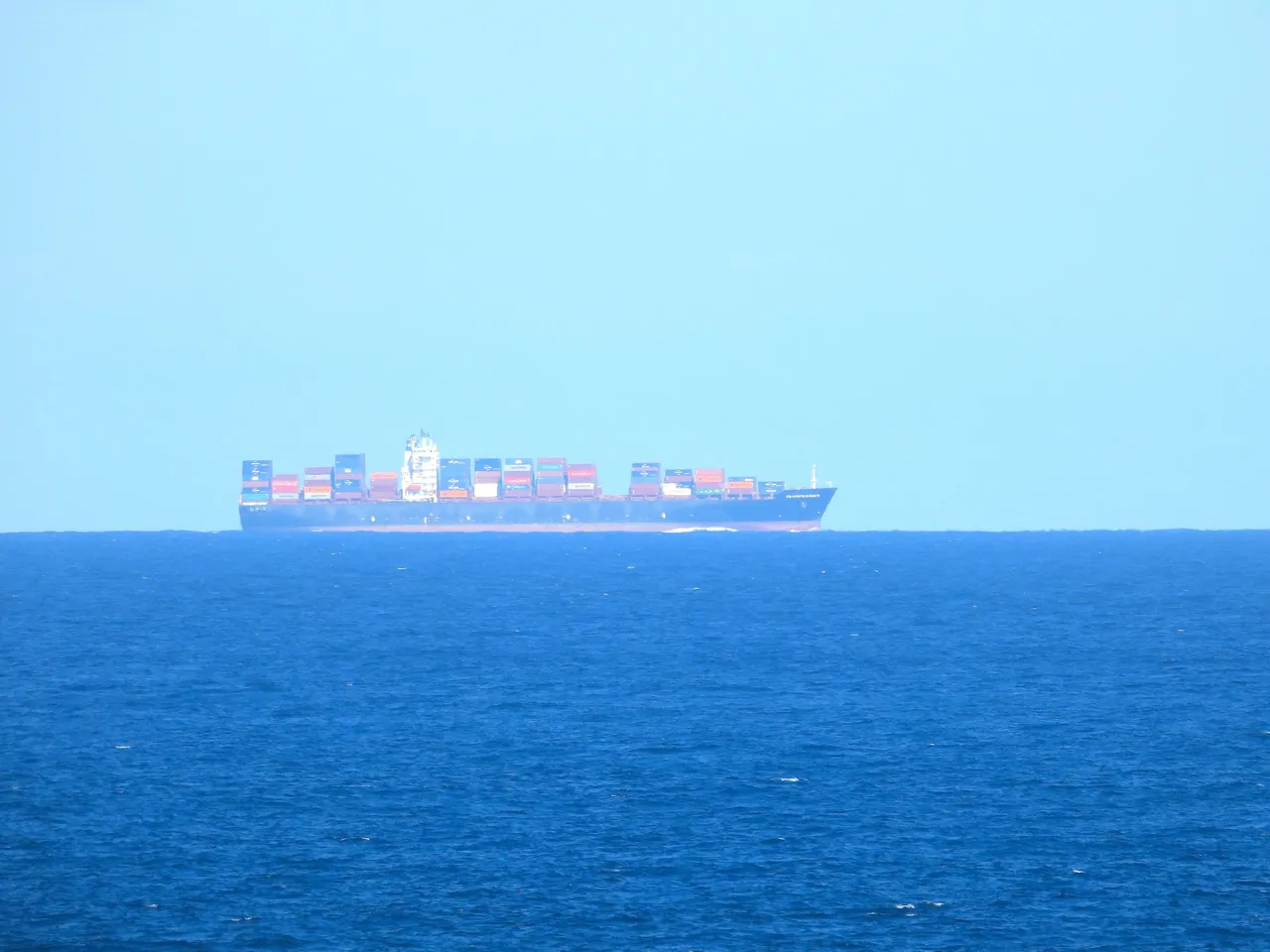
The light characteristic was changed to two flashes every ten seconds. At some later point, the power source was changed to the mains electricity. The lighthouse was then gradually de-manned over the next 30 years.
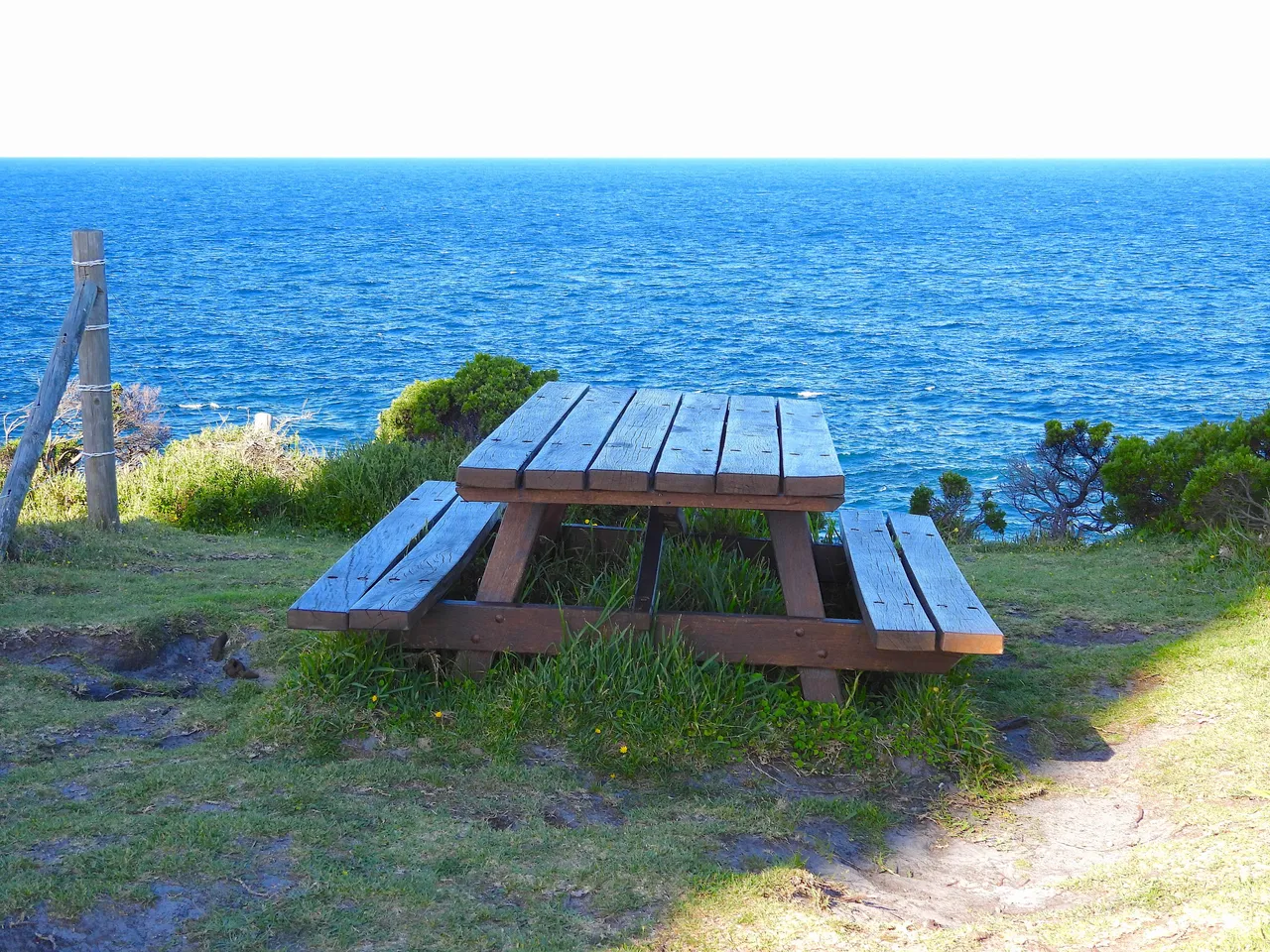
In 1992[12] a solar powered lens on a modern lattice skeletal steel tower was constructed right next to the historic tower, and the light was officially turned off on 17 March 1992. The new light operates a 36 W lamp with an intensity of 37,500 cd.
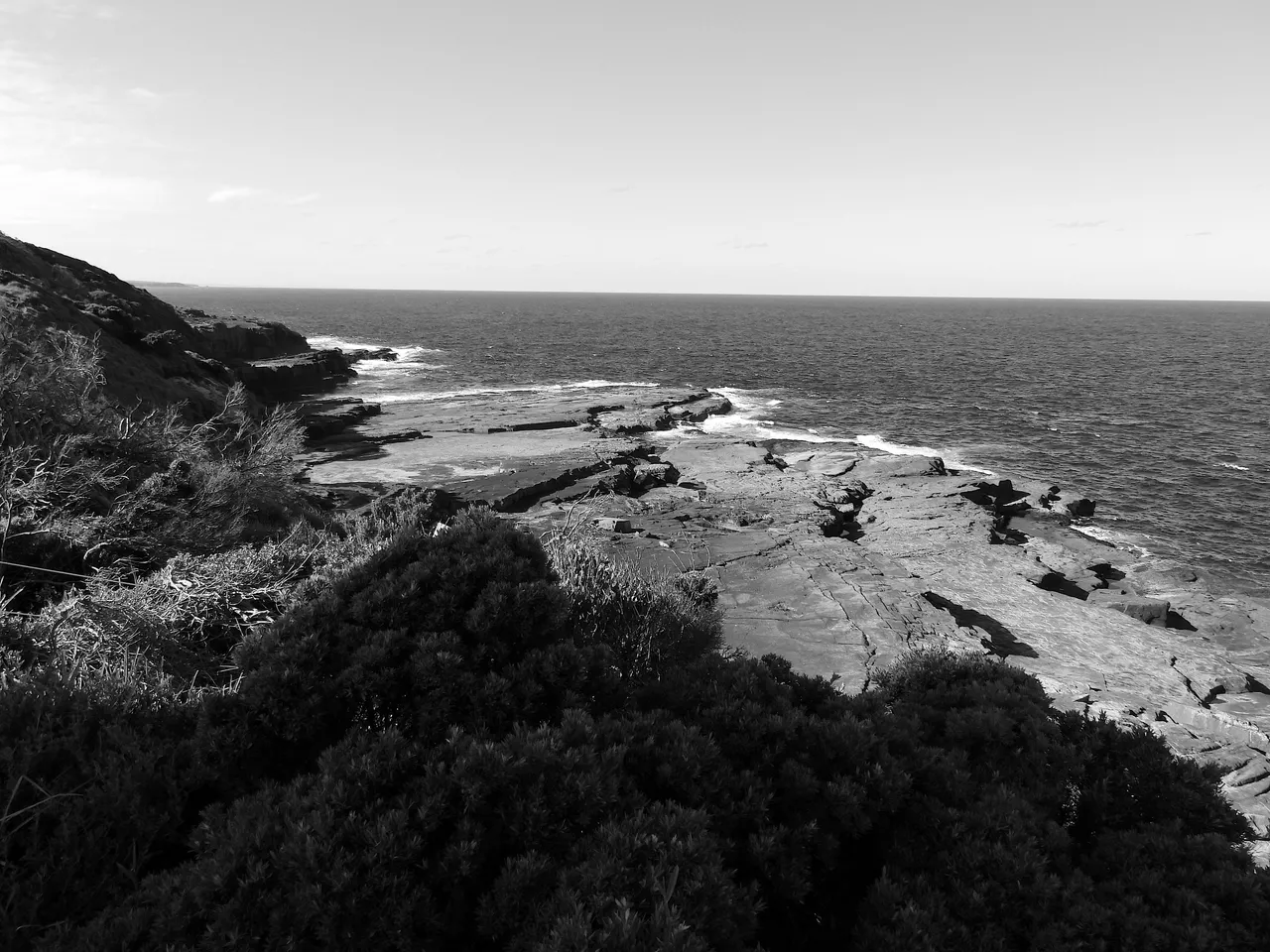
With this conversion, the lightstation was effectively de-manned and a caretaker installed at the site.[5] Since being replaced by a new and fully automatic lighthouse, the station has become a tourist destination and is being increasingly recognised for its heritage values.
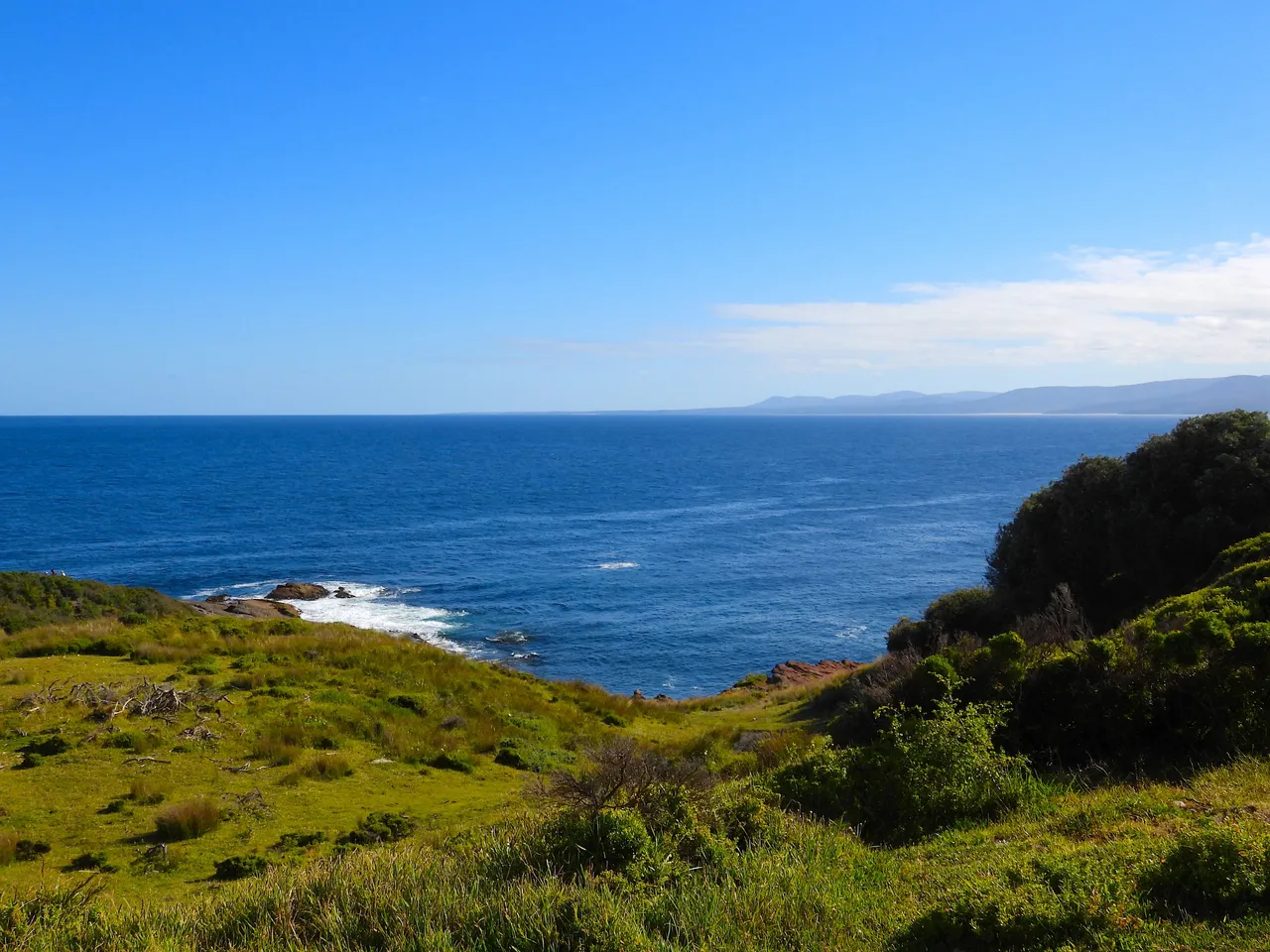
In 2009, Green Cape Lightstation was designated an Engineering Heritage National Landmark[13] – the first lighthouse to be accorded this level of recognition in Australia.[5]
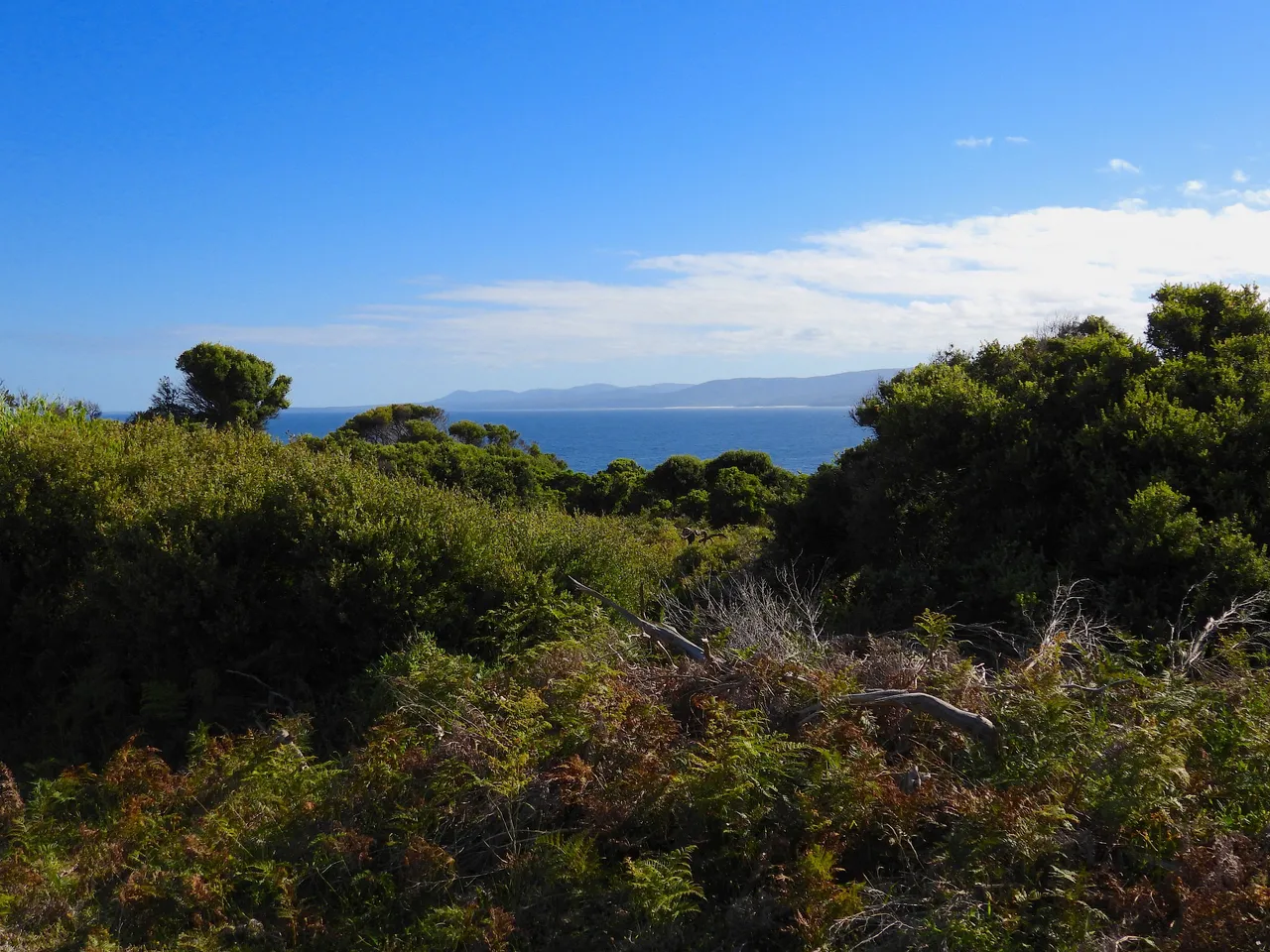
The tower has a bluestone gallery and a small room originally designed as an oil store is attached to the western side. At the time, the tower was the largest mass concrete structure in NSW, built to an octagonal design on a square base to make the formwork easier to construct. The 2nd of James Barnet's major 3 towers of mass concrete and also the tallest, when finished the foundations were almost 9 metres deep.
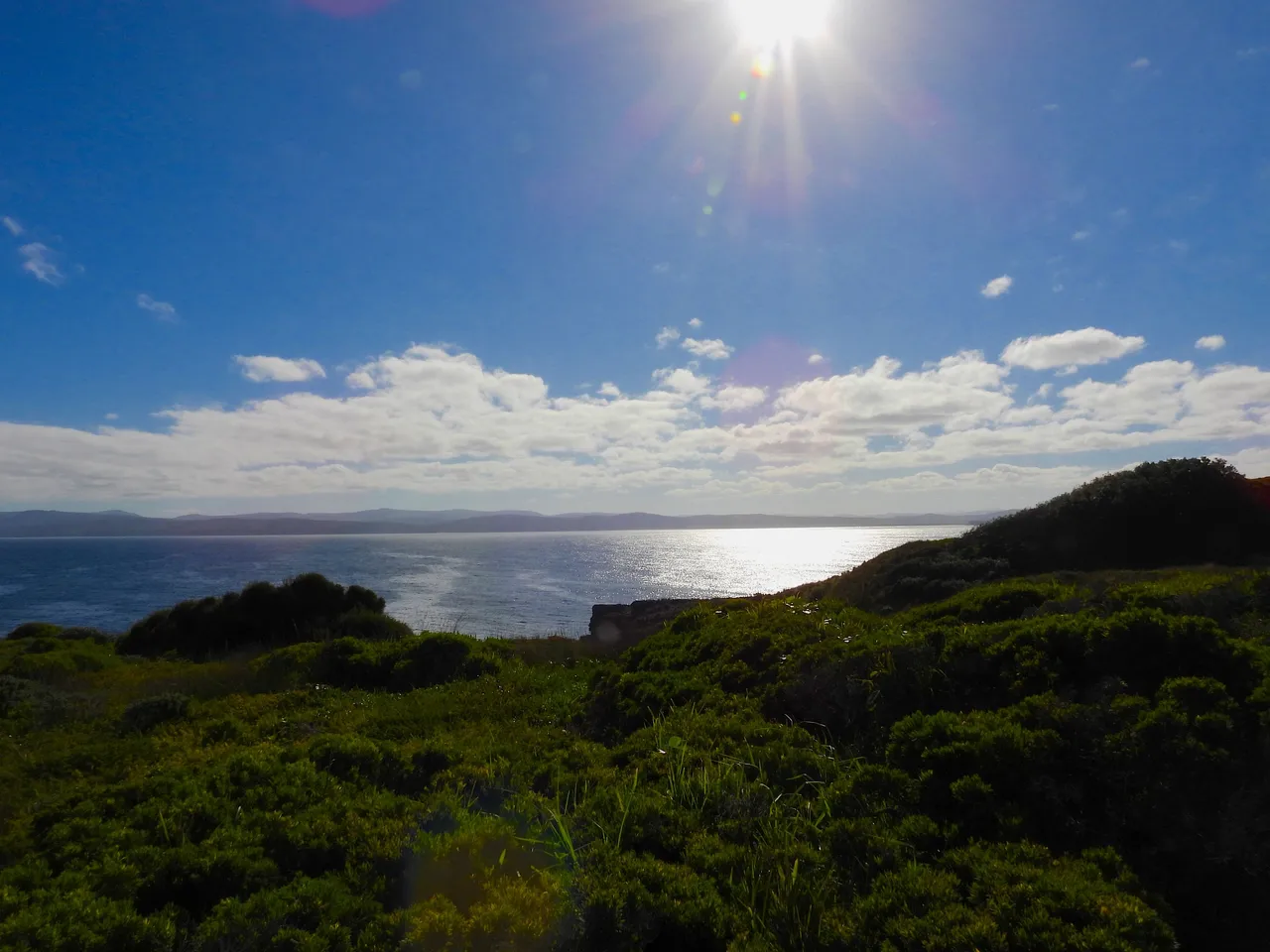
A prominent natural headland projecting out into Disaster Bay, Green Cape was a known obstacle for passing ships. Since shipping had accelerated following the gold rush of the 1850s, the entire NSW coastline, in fact, had been regarded as dangerous and increasingly treacherous.
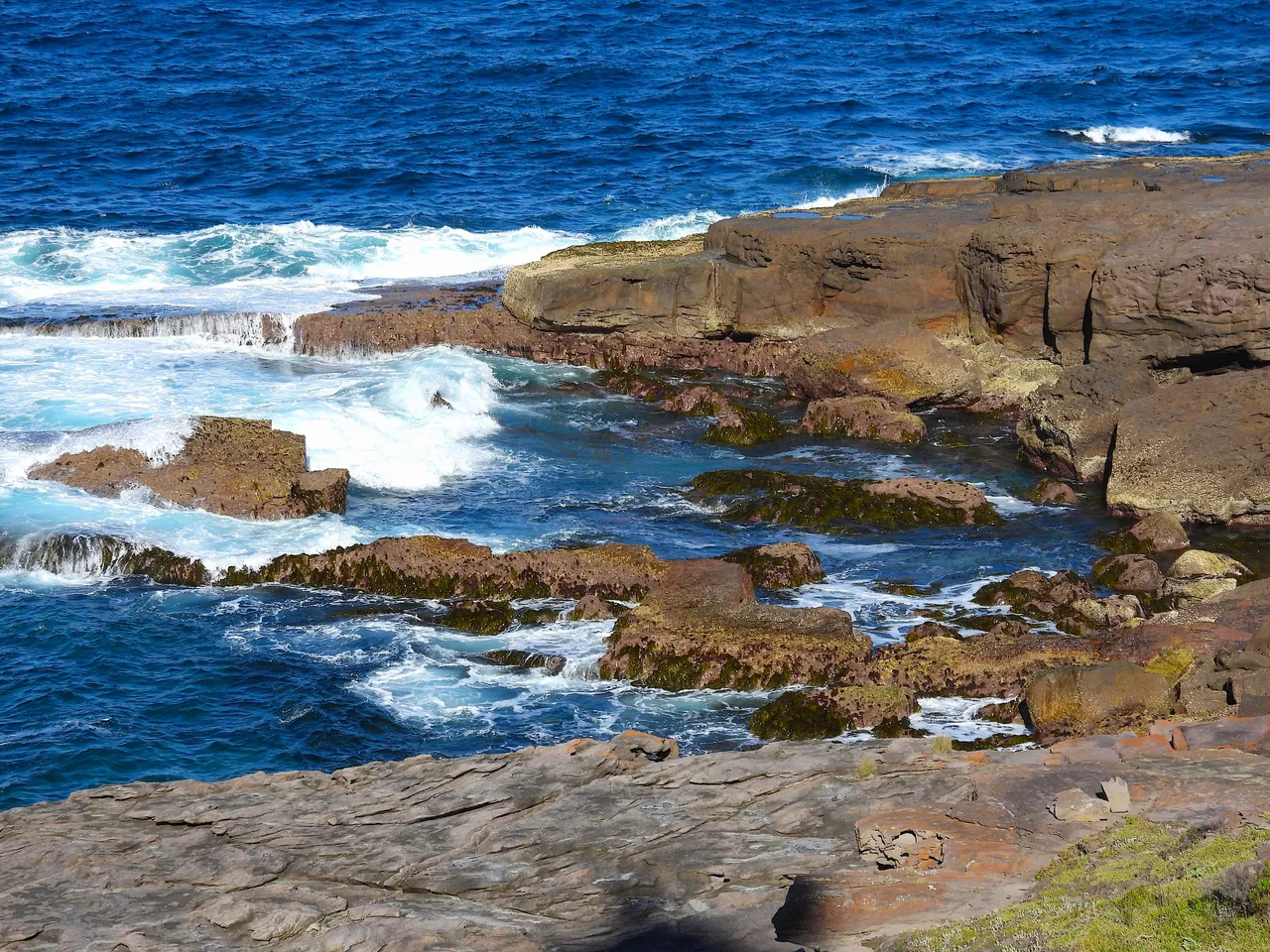
The newly completed Green Cape Lightstation was in this functional state on 30 May 1886 – the night of the Ly-ee-Moon disaster.

On a clear, calm night en route from Melbourne to Sydney, the paddle-steamer ran full-speed into rocks at the base of the lighthouse and quickly broke apart. Seventy-one lives were lost in the sinking – one of the greatest losses of human life in a single shipwreck in the state's history.
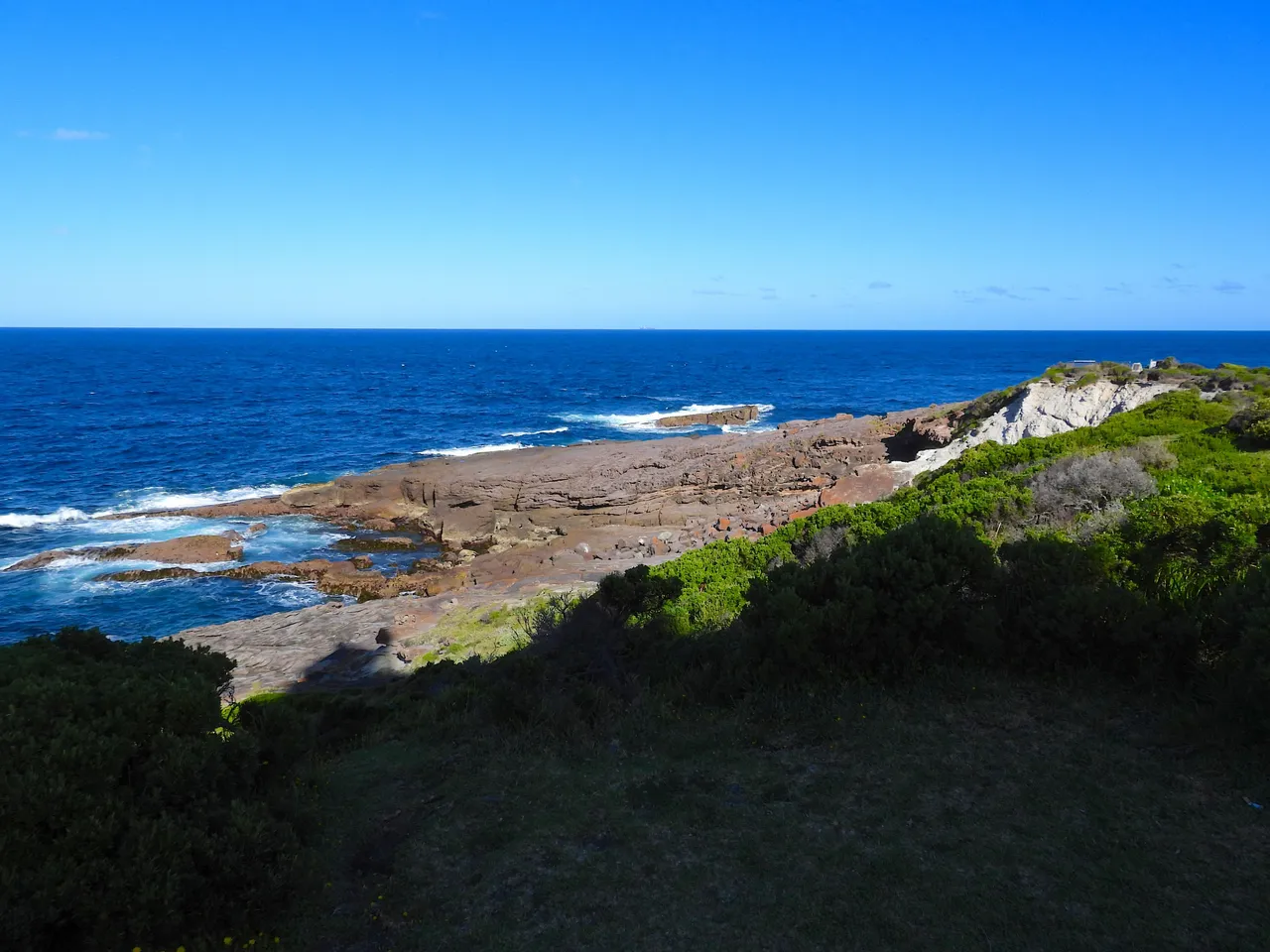
Fifteen men (ten crew and five passengers) survived the shipwreck but only 24 bodies were ever recovered and buried in unmarked graves in a small cemetery a short distance from the lightstation.
Flora MacKillop, the mother of Mary MacKillop, died in that accident.[10][5] https://en.wikipedia.org/wiki/Green_Cape_Lighthouse
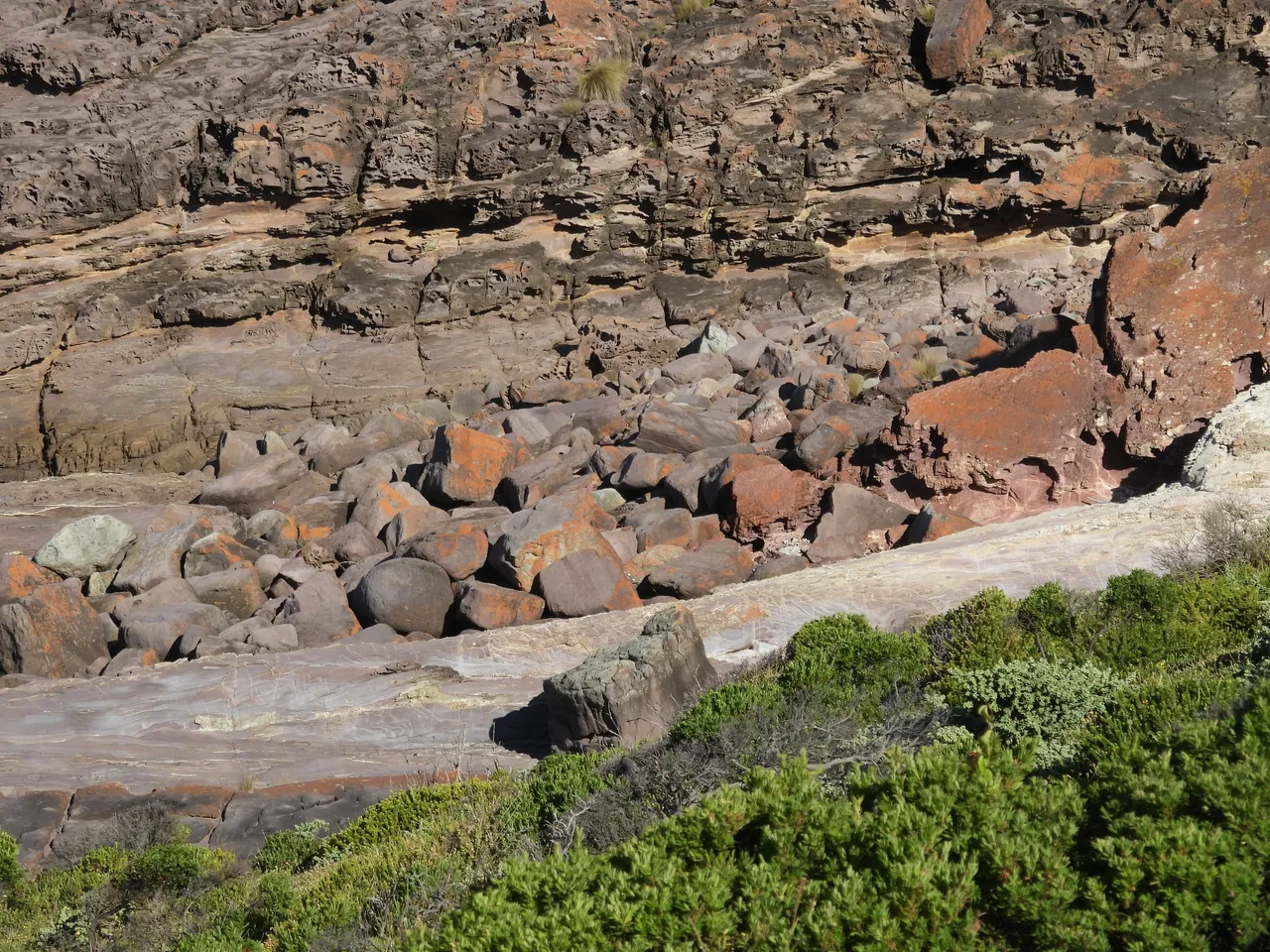
So a tour back in time to the 1880's for you and a tour back into the 1980's for me, as this was the last time I ever got a chance to go there, both on school excursions and with my family as kids and what a shame, as I have been so intrigued by this amazing area ever since, so I am so happy that I have been able to take you with me on this virtual tour!
If you ever get a chance to come to Australia, I highly recommend making this part of the coast a priority to see as there is so much more here than just the lighthouse as you will see over the next few weeks.
And as an example, here is my post from lat Wednesday talking about Bittngabee Bya, which is referred to above The nearest safe anchorage was in Bittangabee Bay, north along the coast from Green Cape, where he built his storeroom and jetty
And so this is The brilliantly beautiful Bittangabee Bay itself...@chocolatescorpi/hshumygs
AND you can even stay in the keepers cottages at the lighthouse too!!! 😃https://www.tripadvisor.com.au/Hotel_Review-g2486452-d15562577-Reviews-Green_Cape_Lightstation_Keepers_Cottages-Ben_Boyd_National_Park_New_South_Wales.html
🐠🐃🐌🕷🐍🐓🦆🐸🐁🐿🦋🐢🐞🦍🐈🦆🐥🐜😊❤️🙏💛🙏💚🙏💙🙏💜😊🦑🐛🐄🦇🐪🦏🐳🐊🦀🦌🐖🐢🐏🐋🐝
And if you too want to share you WednesdayWalk adventures with us, the do as @tattood-jay says and
Try and get out once a week for a short walk, can be from your office, home or anywhere really and walk for a few blocks or a few minutes looking for things to get shots of.
Your walk does not have to be on a Wednesday I just ask if possible to share your walk photos on a Wednesday.
And check out this link here to see more wonderful #WednesdayWalks from around world created/hive-155530
Thank you so much for reading my post , I really hope that you enjoyed it and look forward to your comments and thoughts.
🐠🐃🐌🕷🐍🐓🦆🐸🐁🐿🦋🐢🐞🦍🐈🦆🐥🐜🦑🐛🐄🦇🐪🦏🐳🐊🦀🦌🐖🐢🐏🐋🐝
And unless otherwise stated- ALL photographs, all media, material and writings, are all my originals taken by me sometime in the past few decades or so somewhere in my travels and as such, ofcourse they are subject to all international IP and copyright laws and I may have already used them for my own commercial purposes here https://www.redbubble.com/people/CHOCOLATESCORPI/shop And here https://fineartamerica.com/art/chocolatescorpi, So please ask first if you want to use any of them as we wouldn't want you getting into trouble. Thank you 😊
🐠🐃🐌🕷🐍🐓🦆🐸🐁🐿🦋🐢🐞🦍🐈🦆🐥🐜🦑🐛🐄🦇🐪🦏🐳🐊🦀🦌🐖🐢🐏🐋🐝
The Ladies of Hive- your own crypto world girl gang full of fun and suprises, so click on the link to find out more about this brilliant community of caring, companionship and creative contests, such as this one...@ladiesofhive/ladies-of-hive-community-contest-68

@hiveaustralia, formerly @teamaustralia check us out now!
(cause we're all such damn cool cats...😁

Please feel free to checkout my other work on
https://chocolatescorpionc.wixsite.com/chocolatescorpi
https://www.redbubble.com/people/CHOCOLATESCORPI/shop
https://fineartamerica.com/art/chocolatescorpi
https://deepdreamgenerator.com/u/chocolatescorpi
https://www.instagram.com/rawscorpi/
https://www.instagram.com/chocolates.scorpion.creations/
https://www.behance.net/chocolates0386/projects
https://www.pinterest.com.au/chocolatescorpioncreations/
https://twitter.com/CHOCSCORPI
🐠🐃🐌🕷🐍🐓🦆🐸🐁🐿🦋🐢🐞🦍🐈🦆🐥🐜😊❤️🙏💛🙏💚🙏💙🙏💜😊🦑🐛🐄🦇🐪🦏🐳🐊🦀🦌🐖🐢🐏🐋🐝